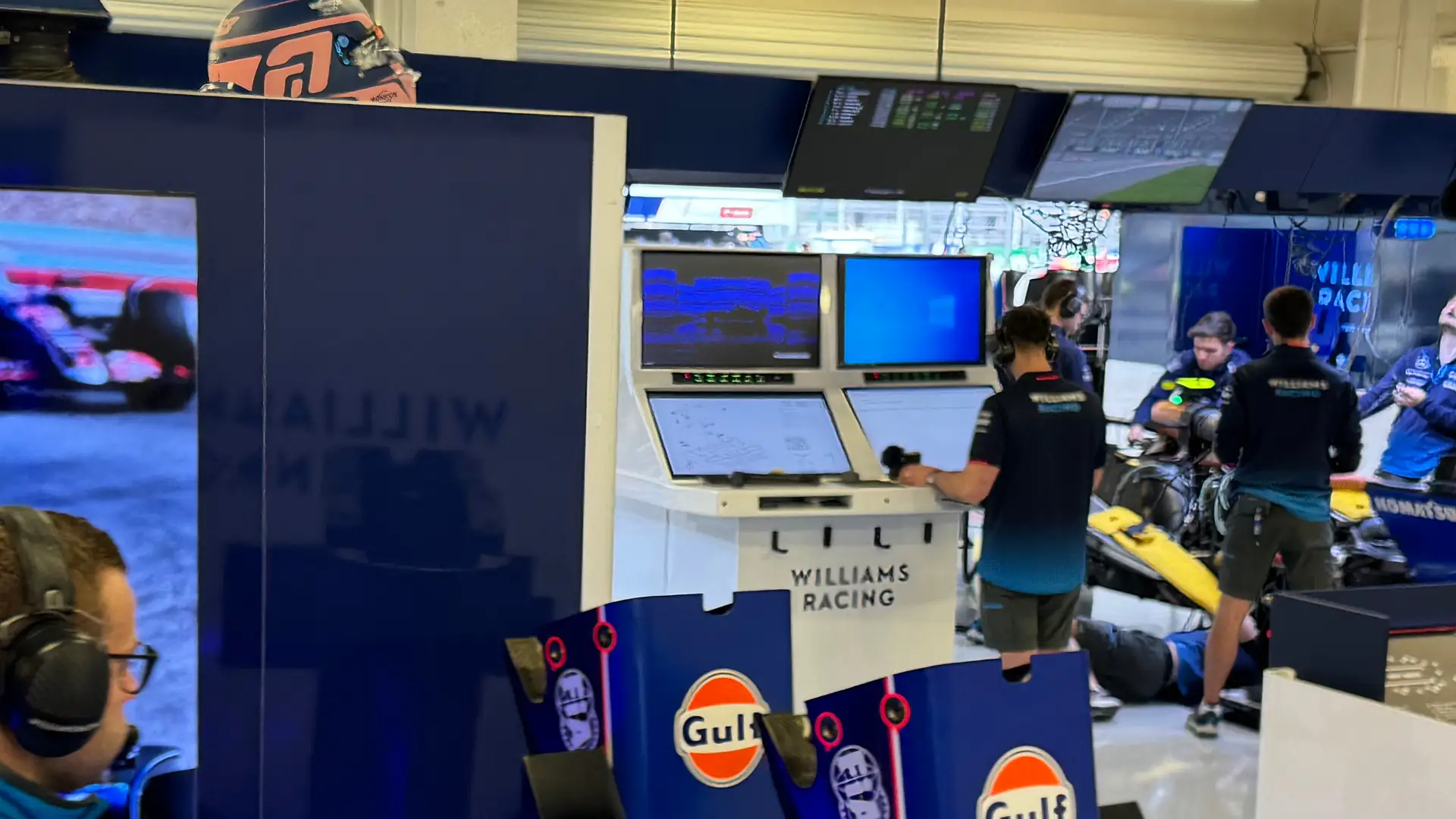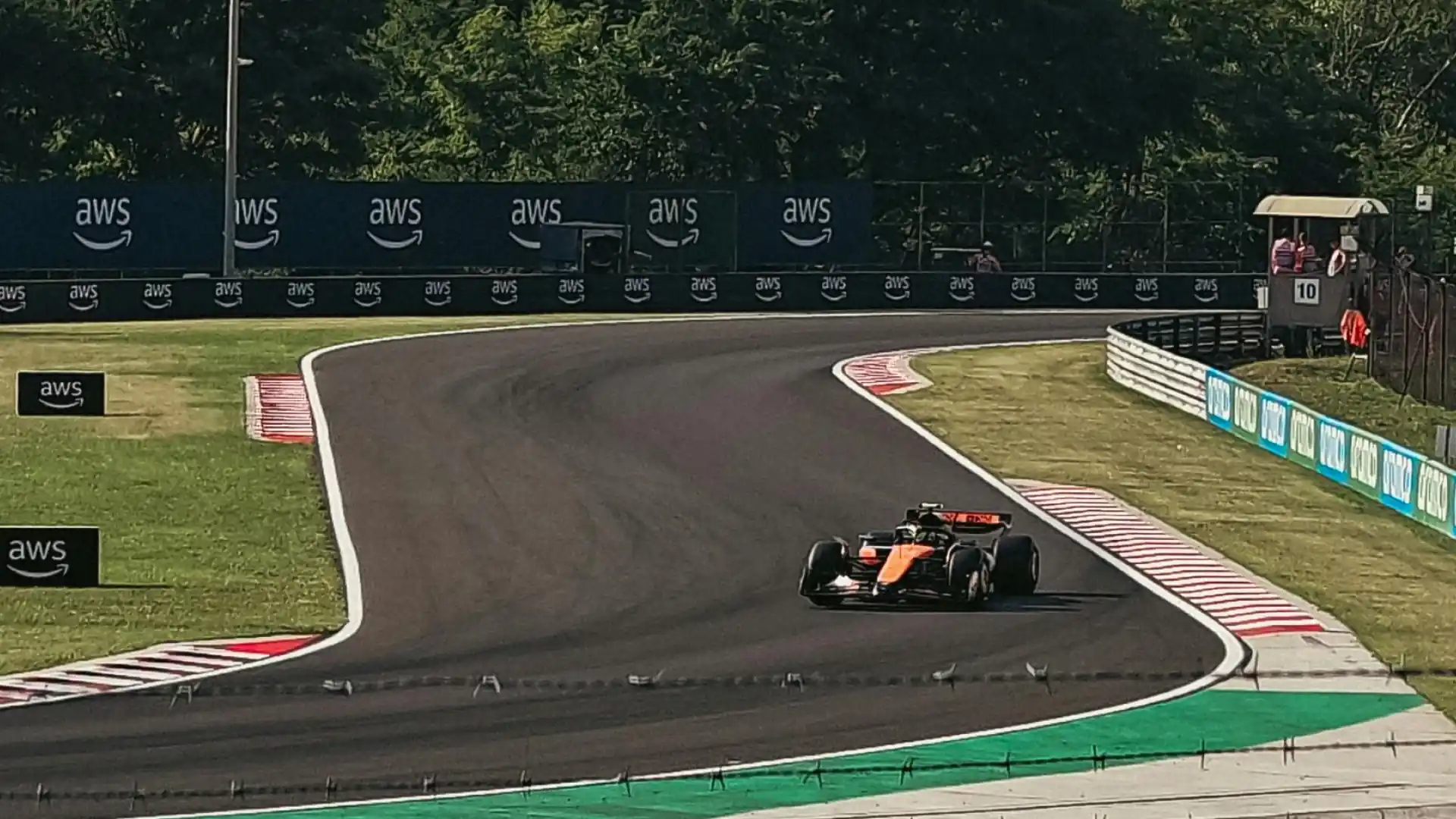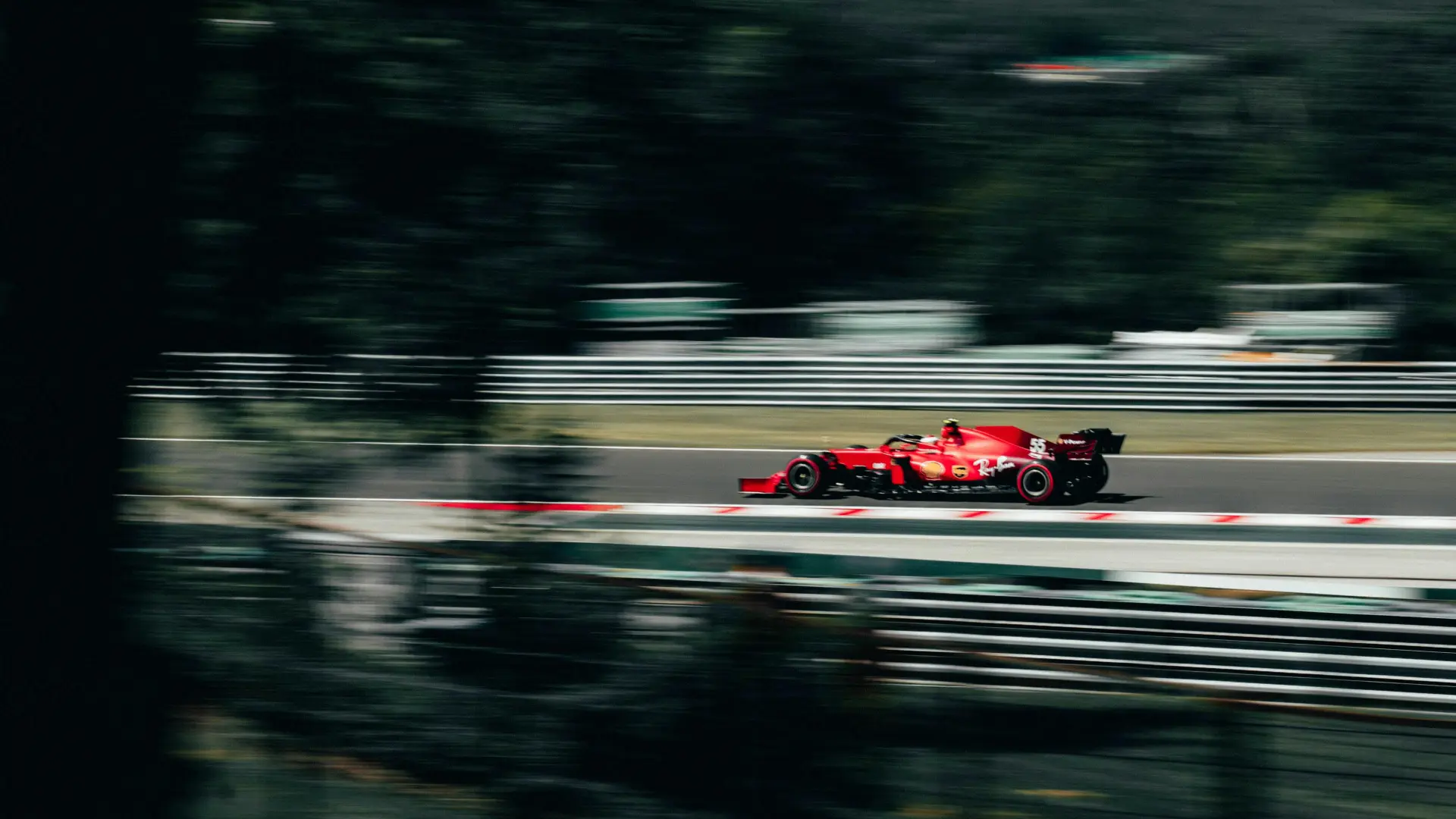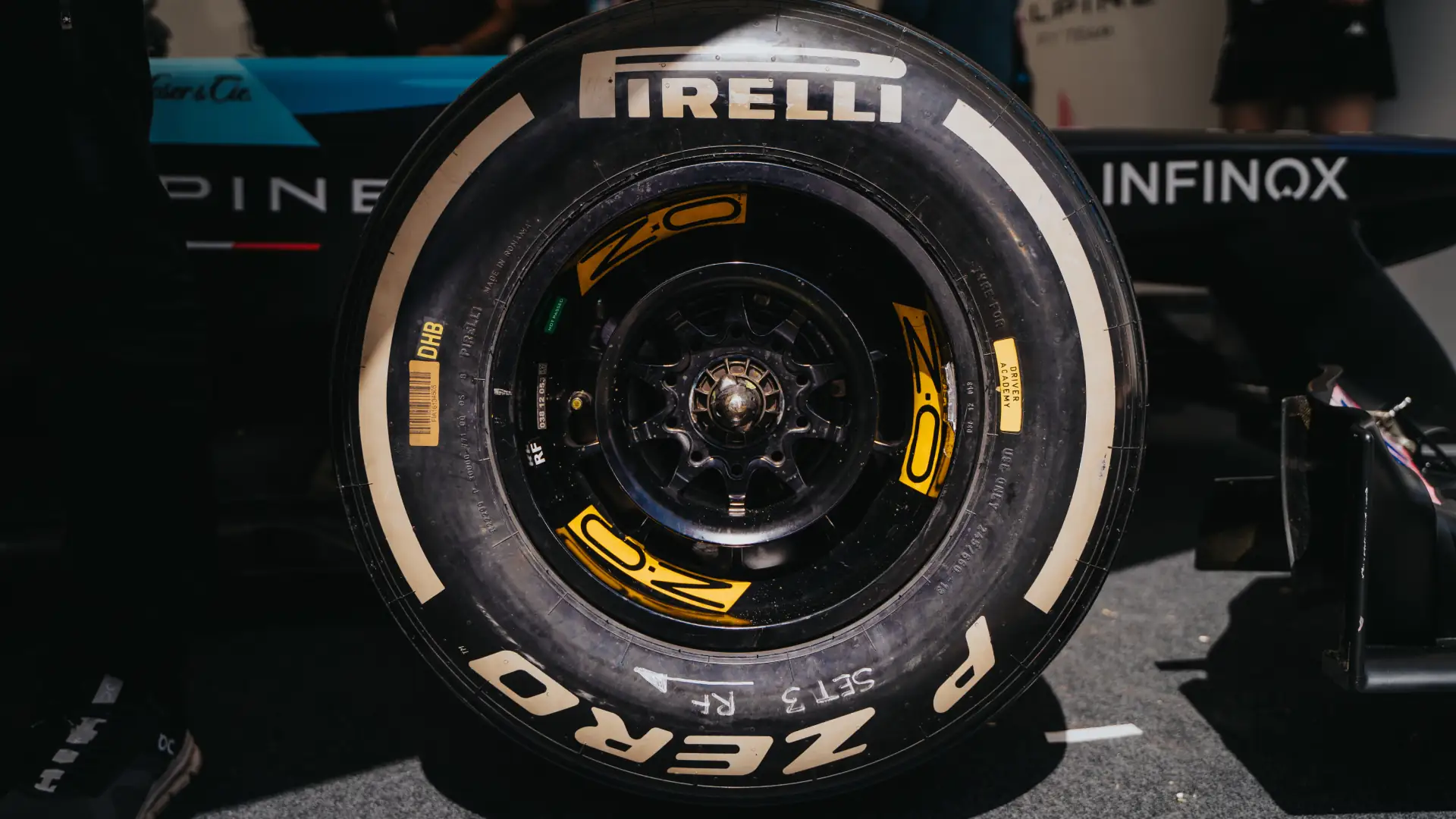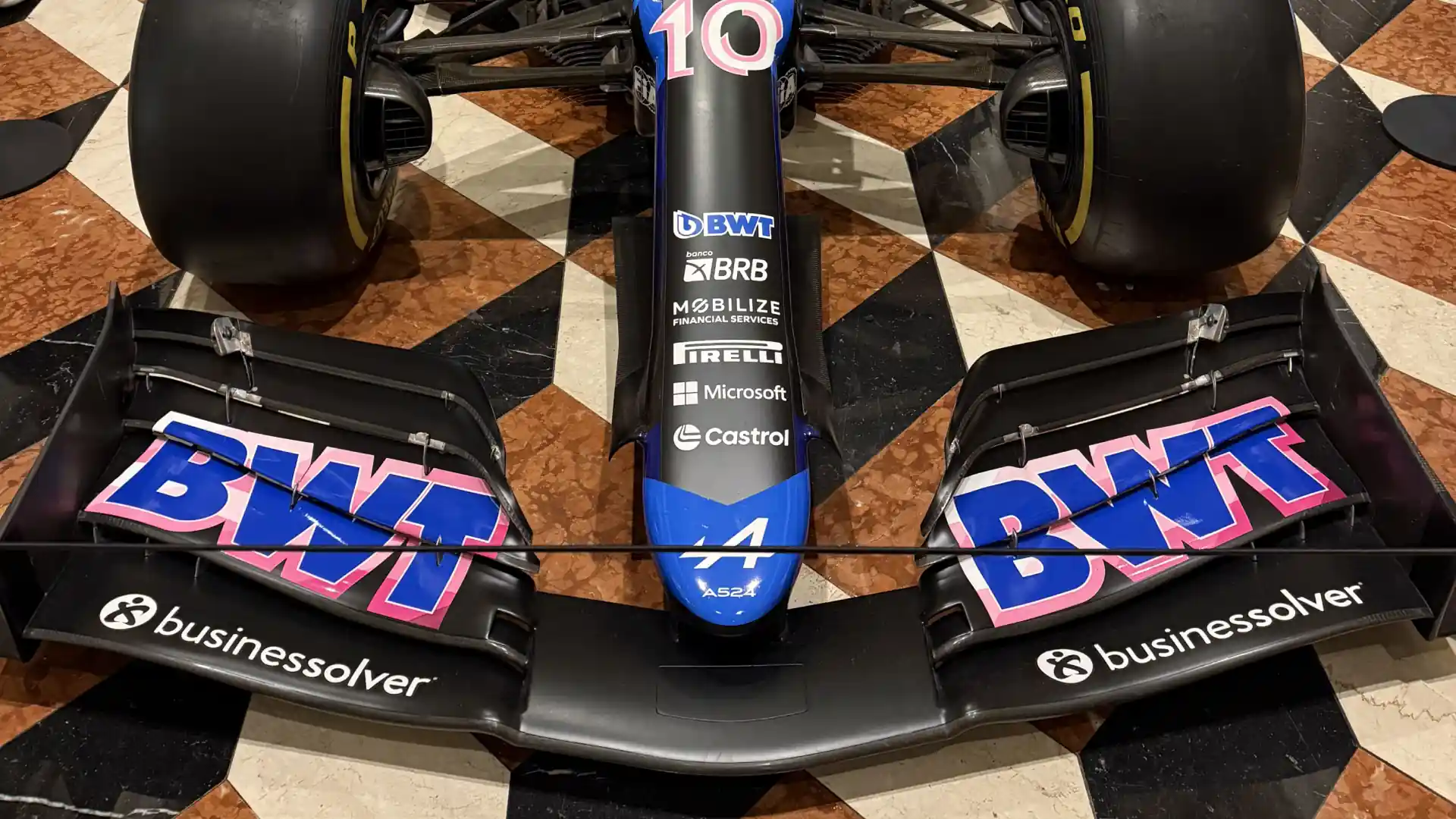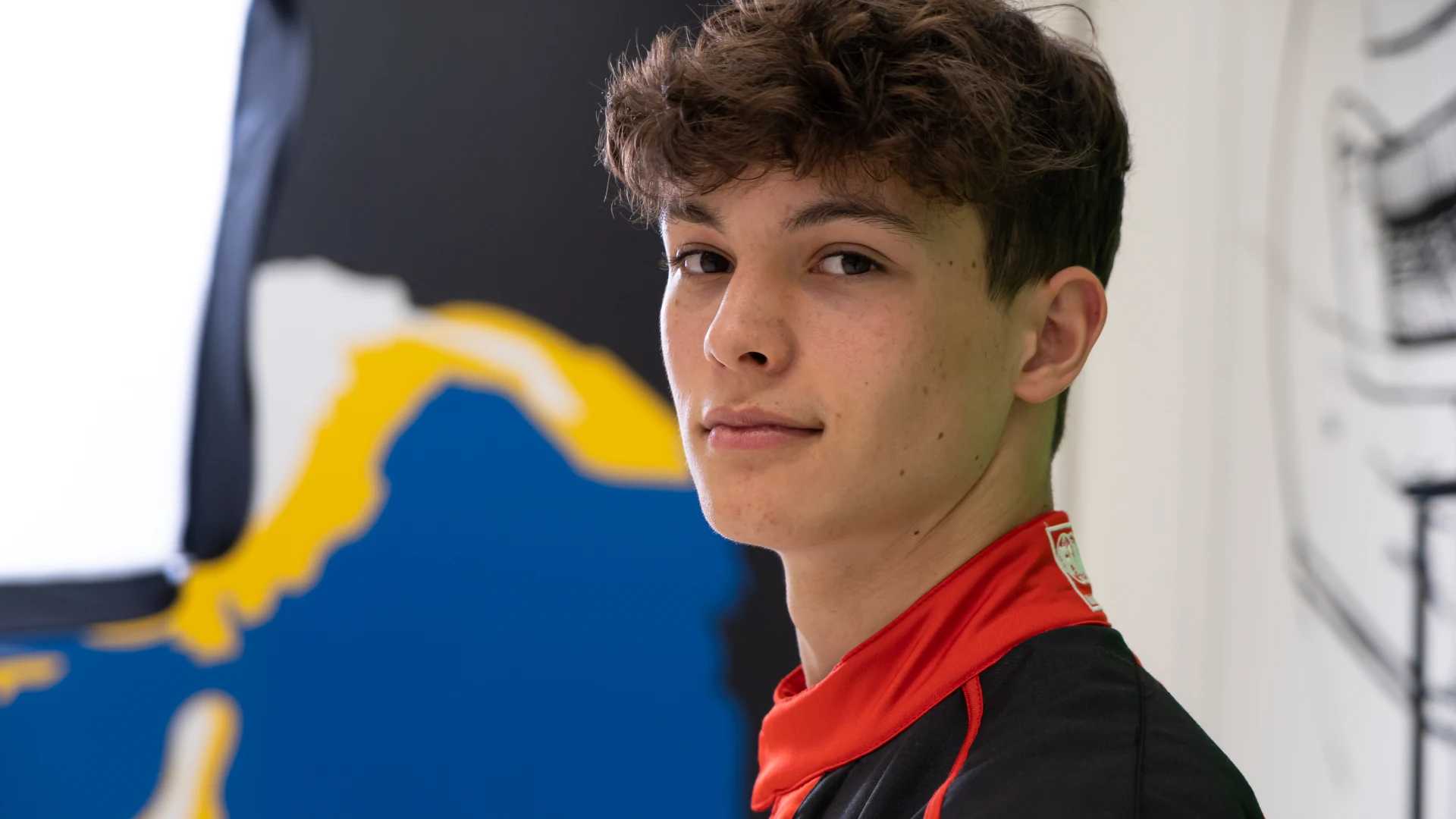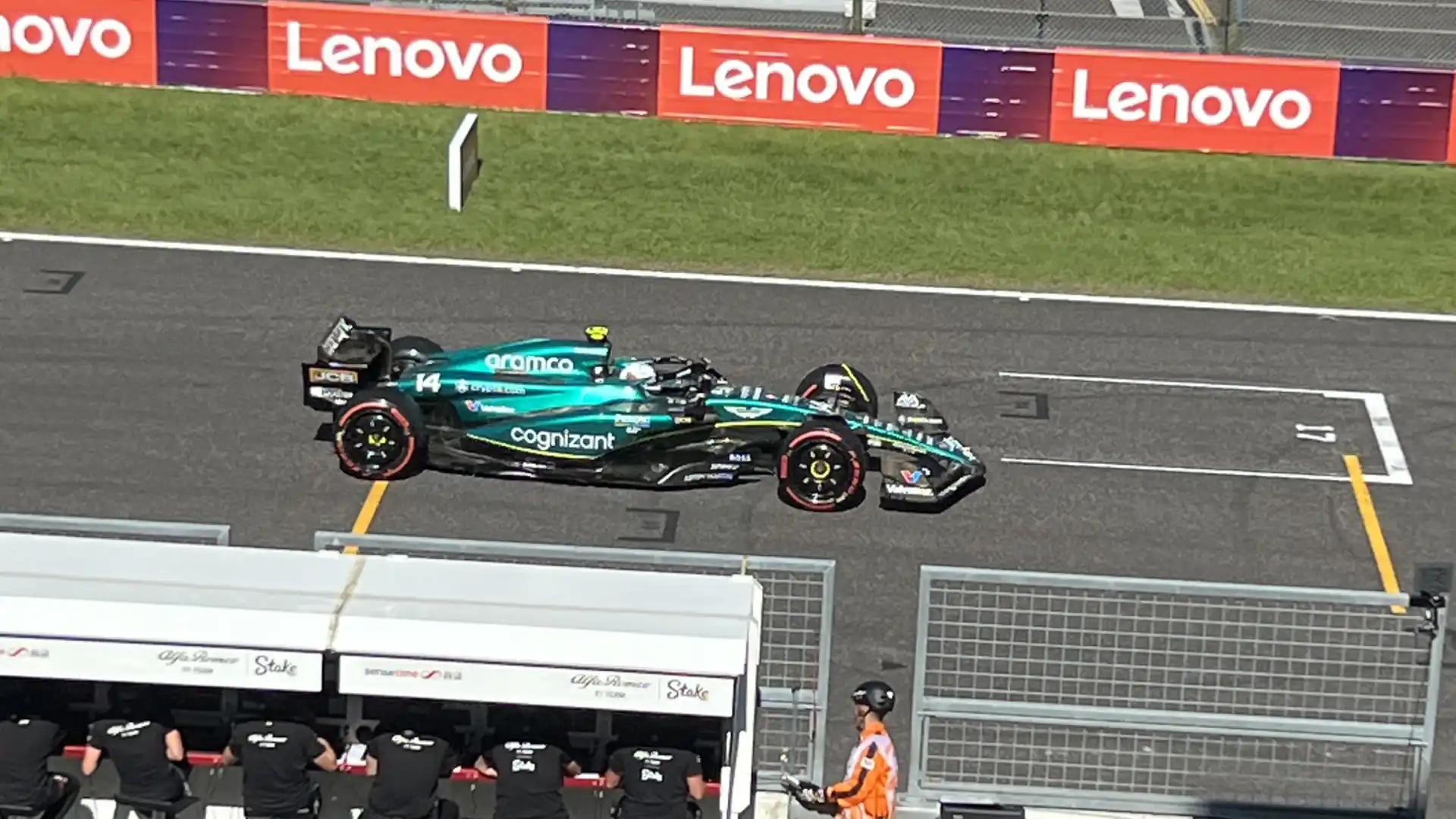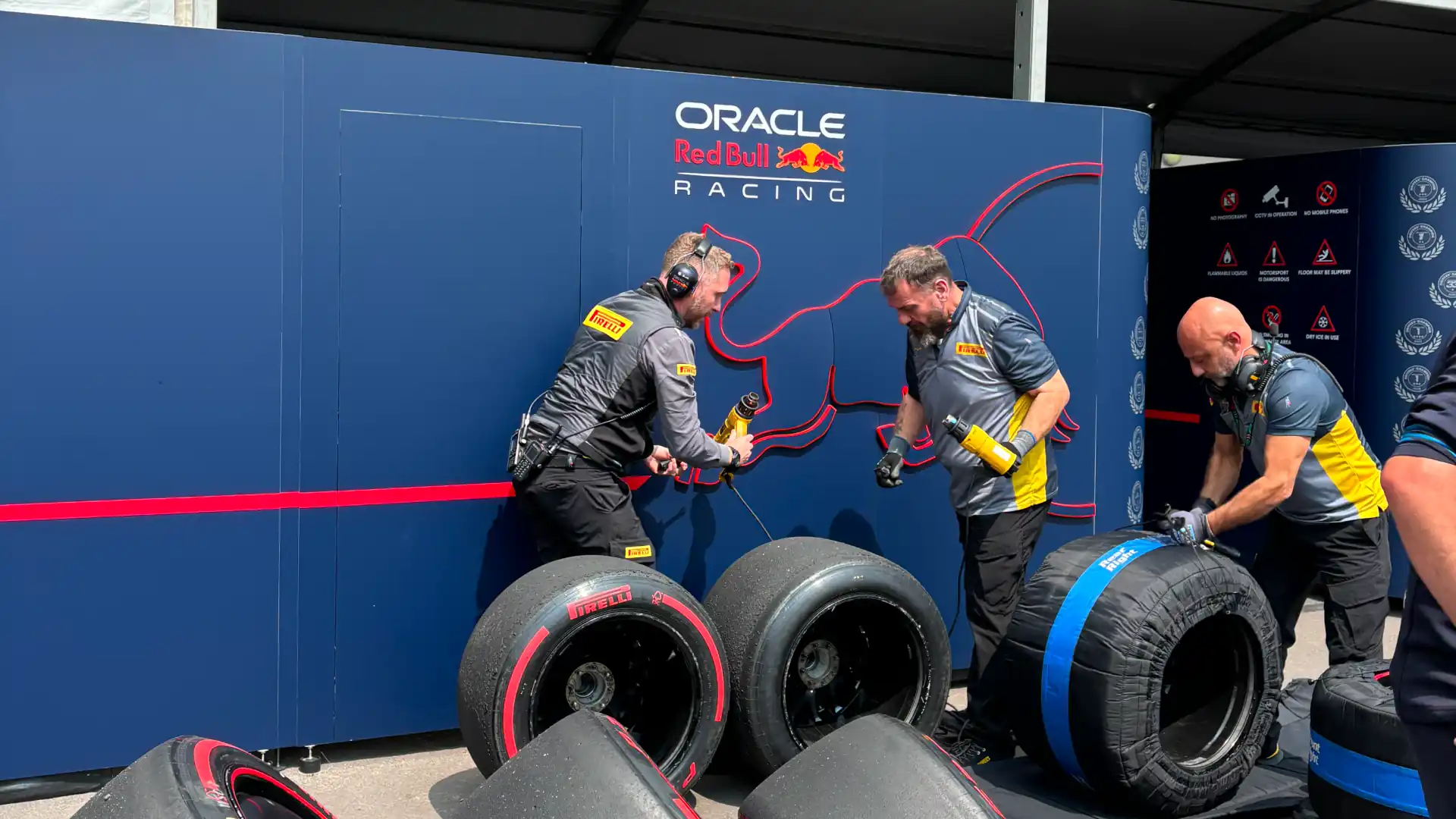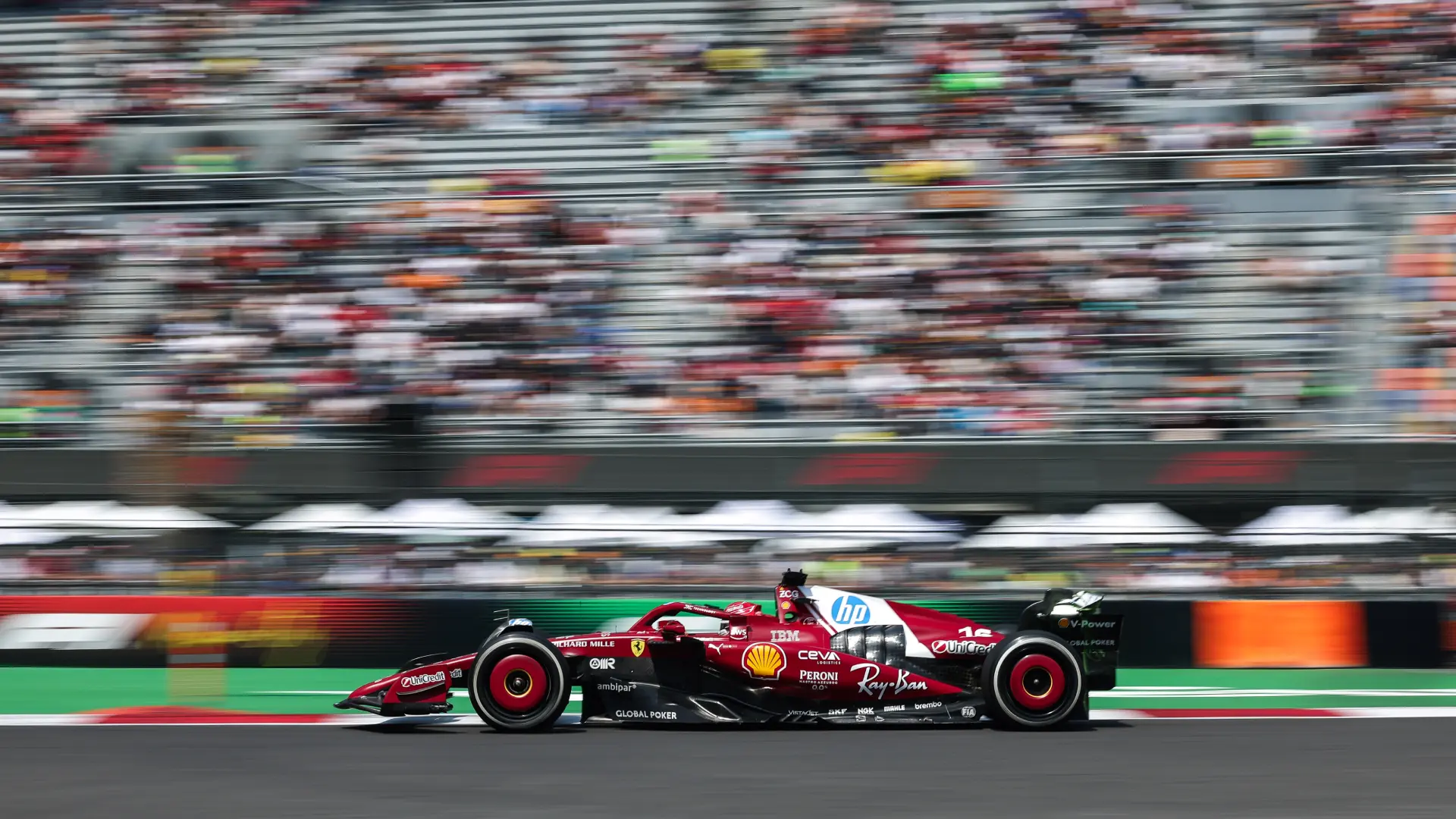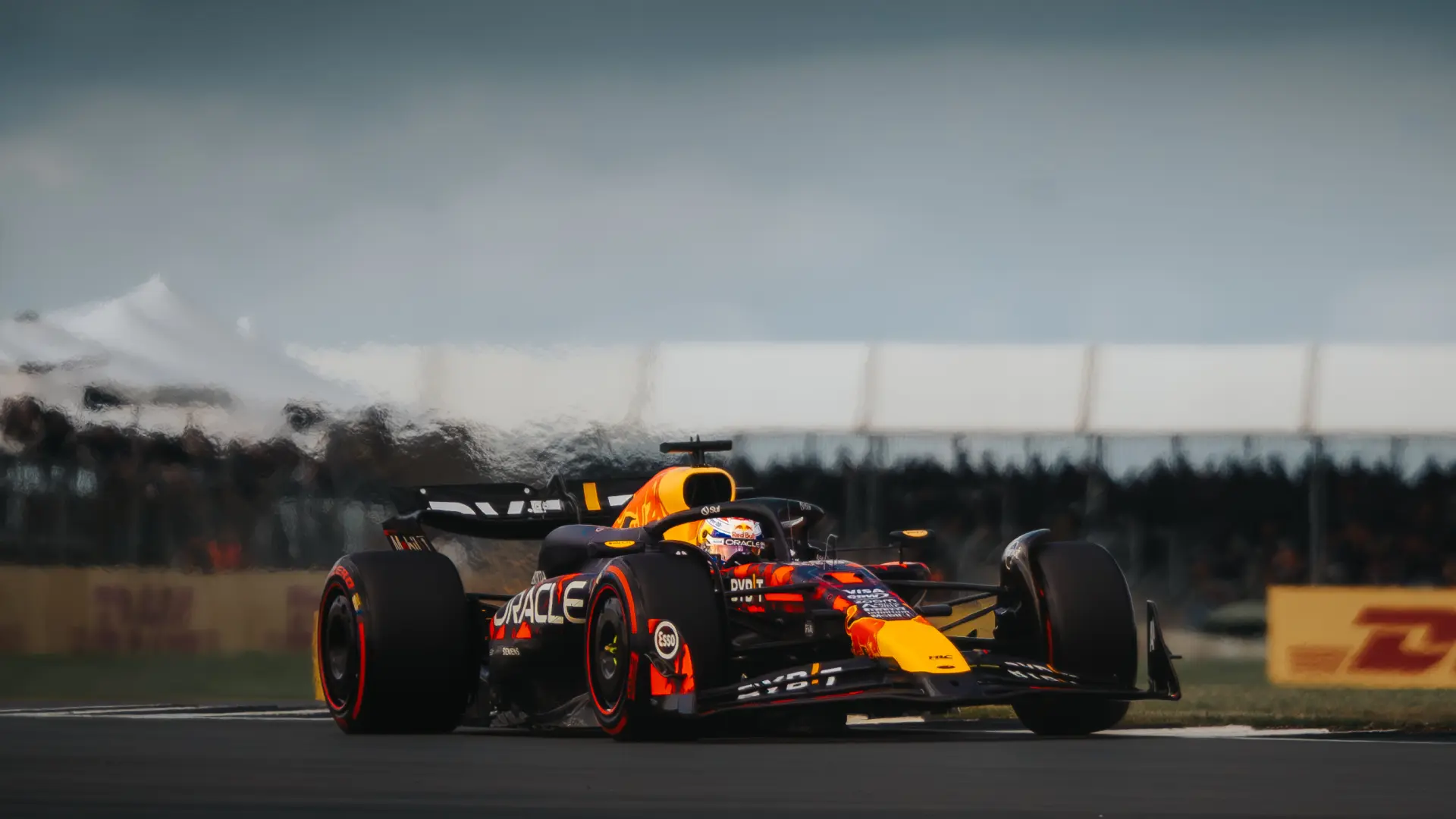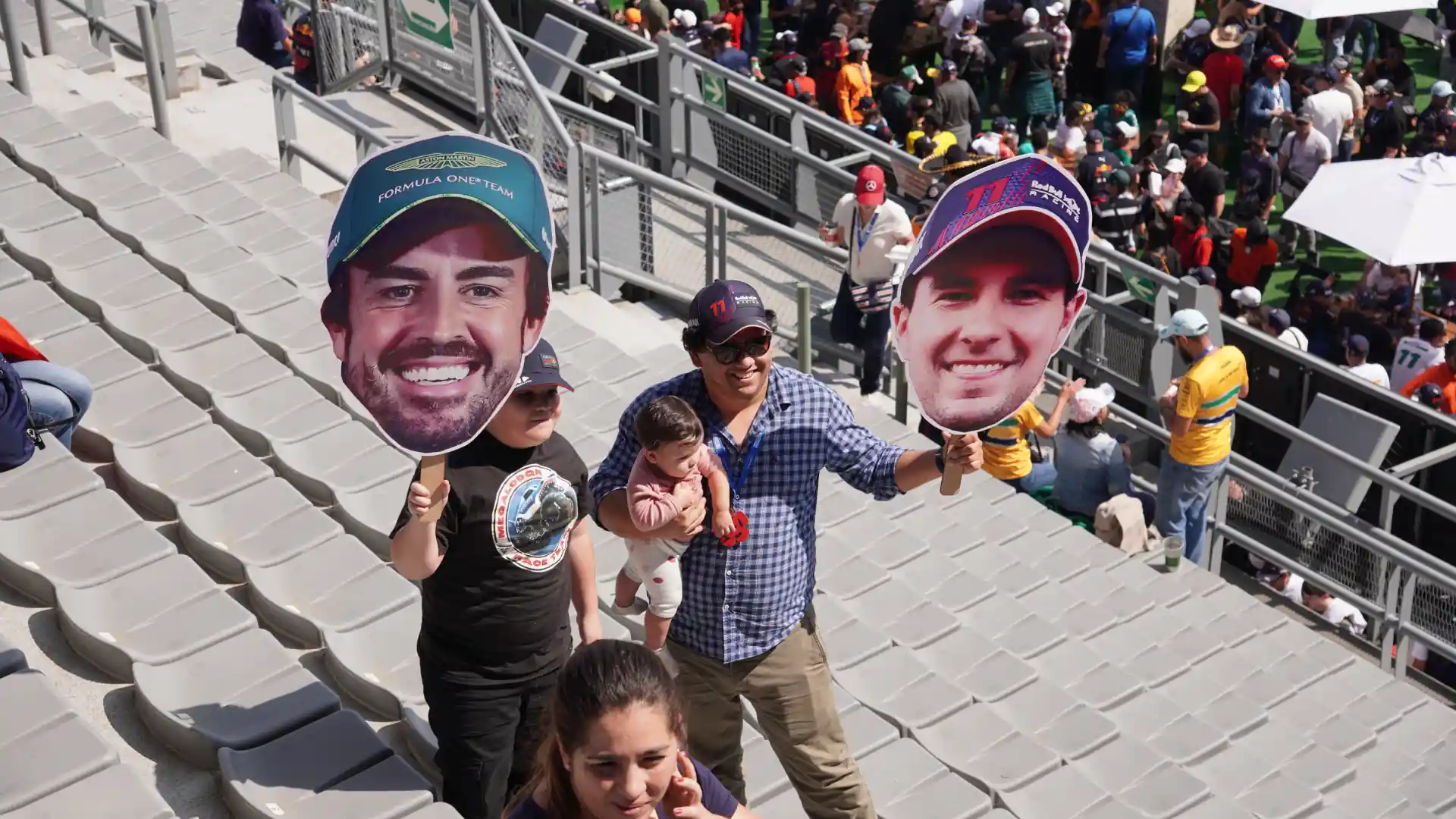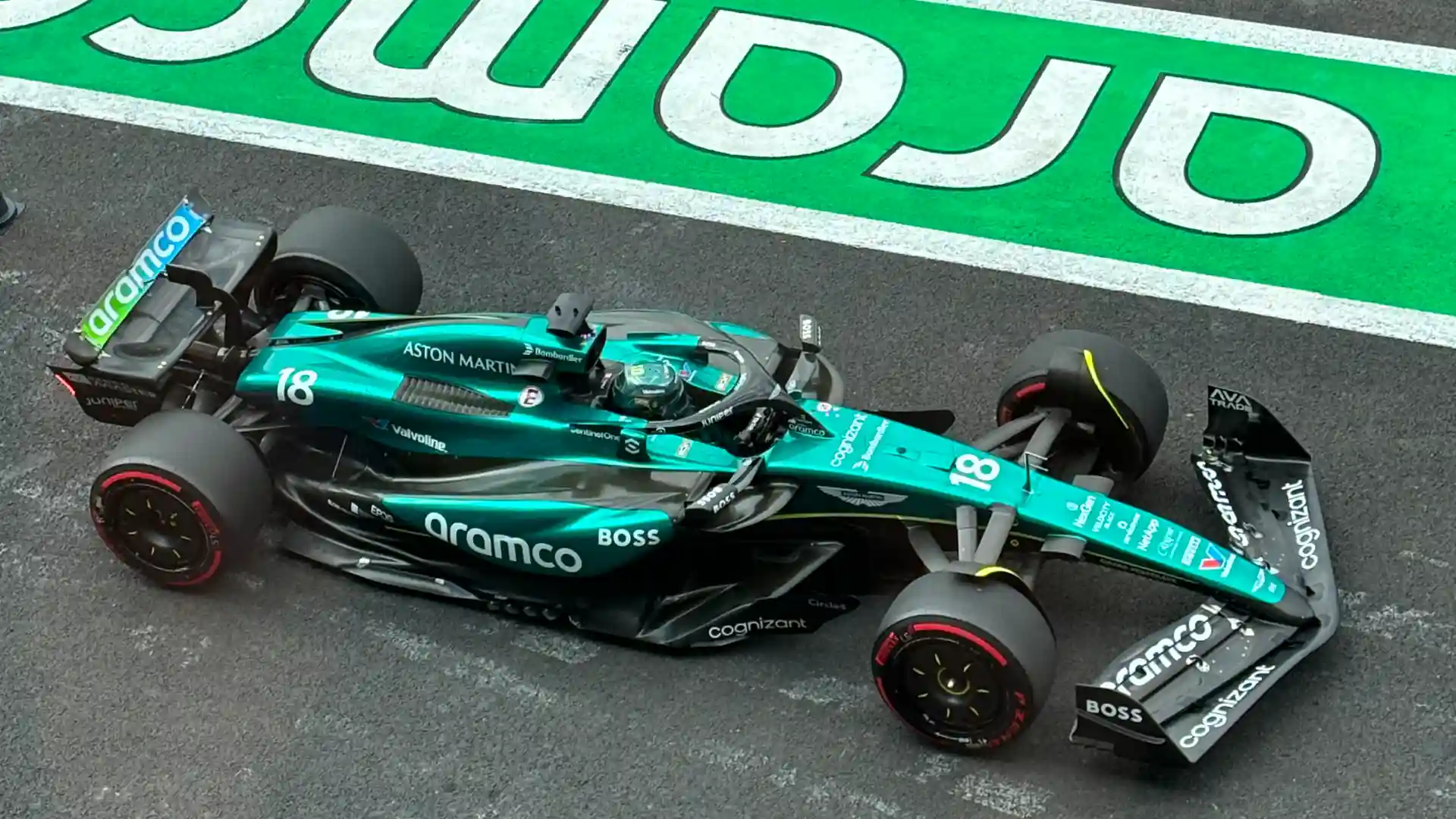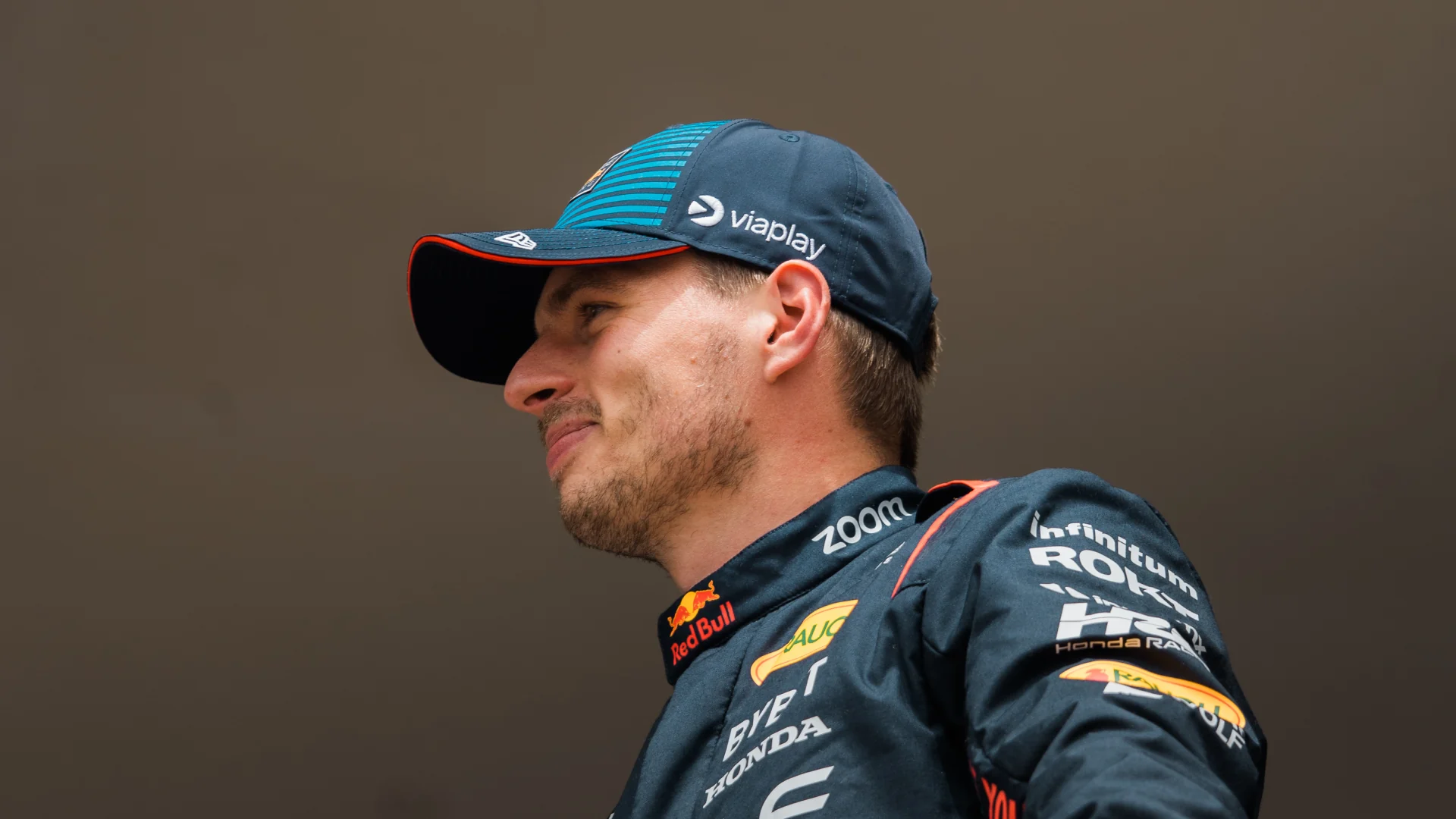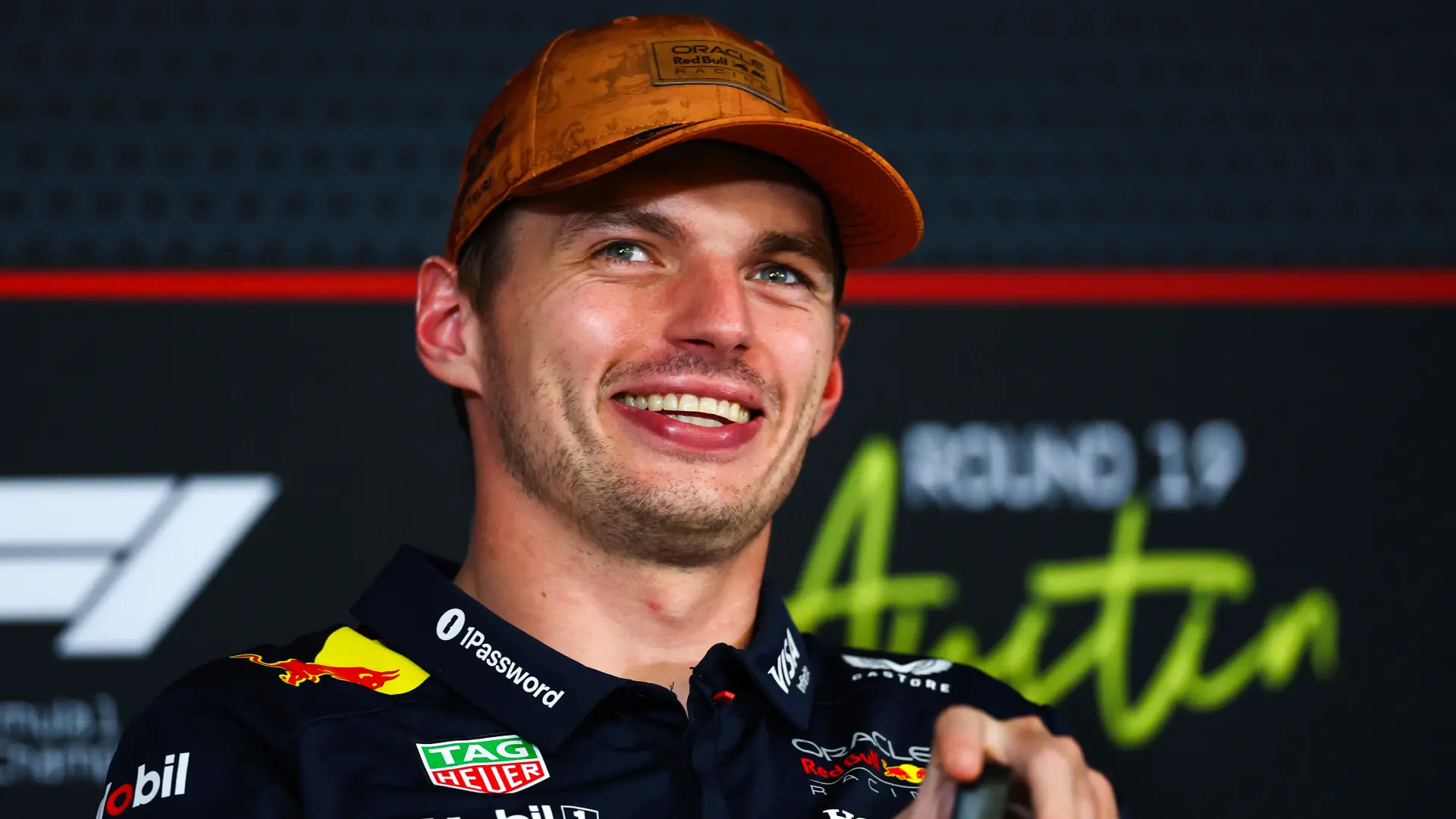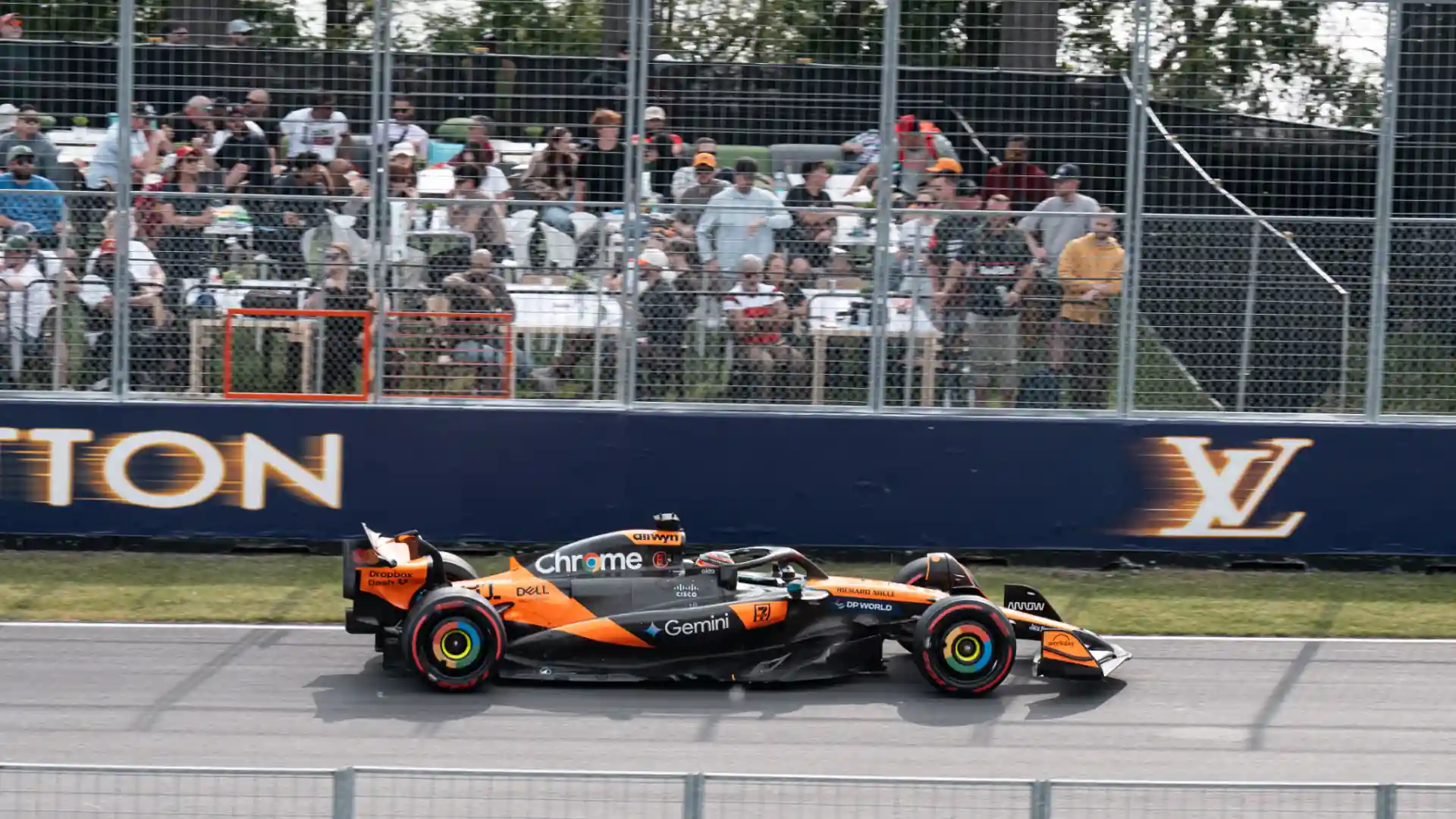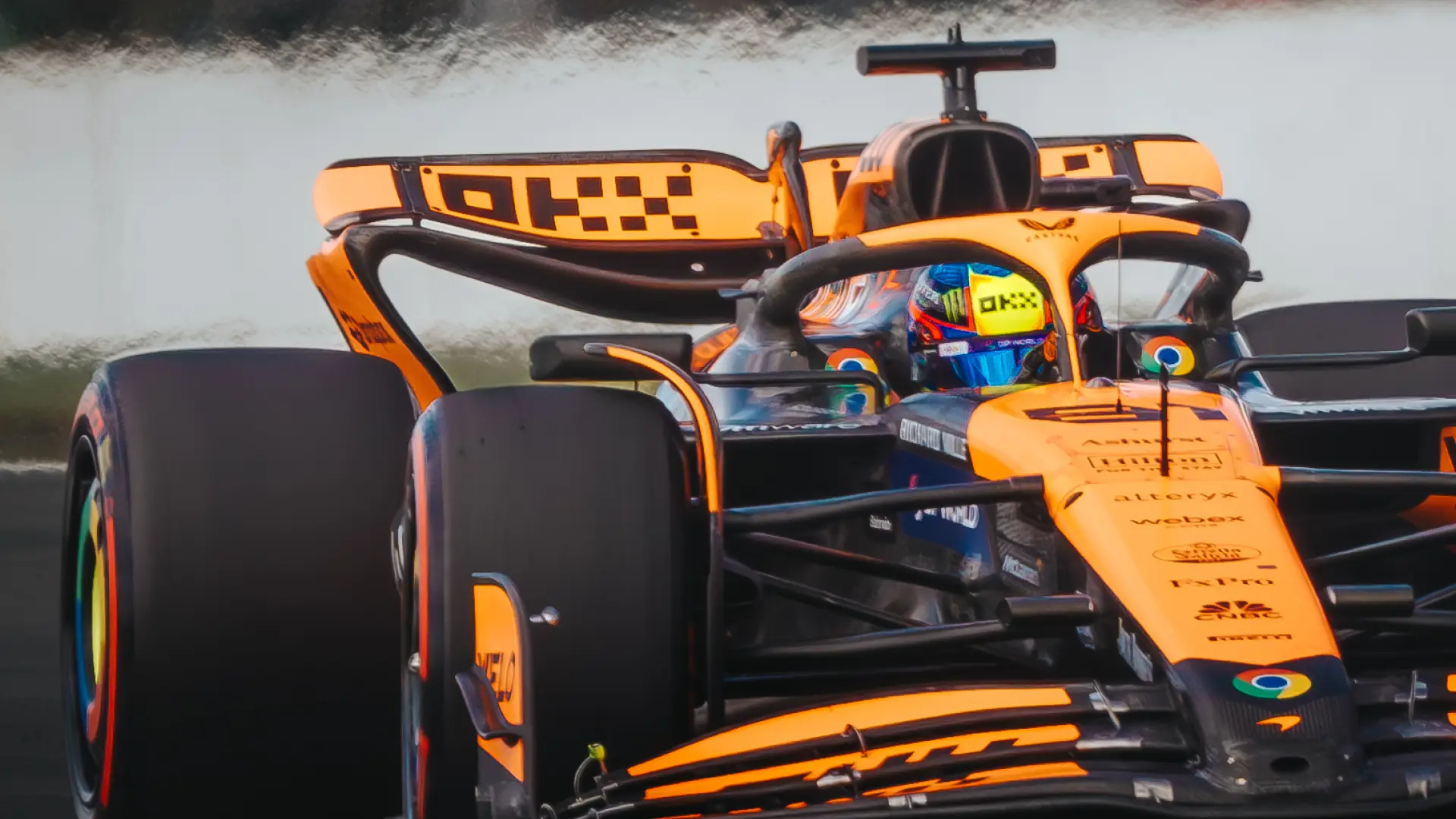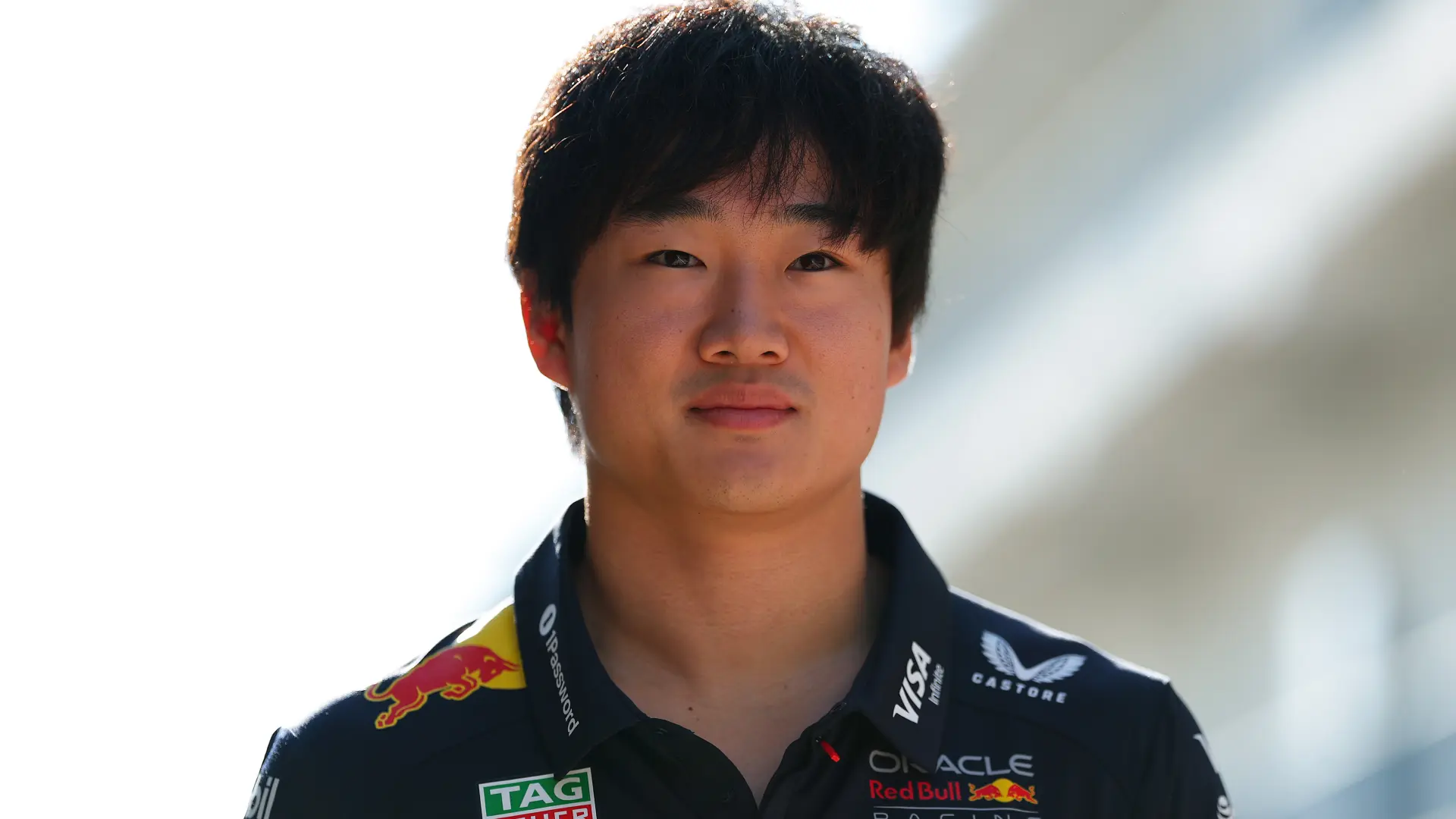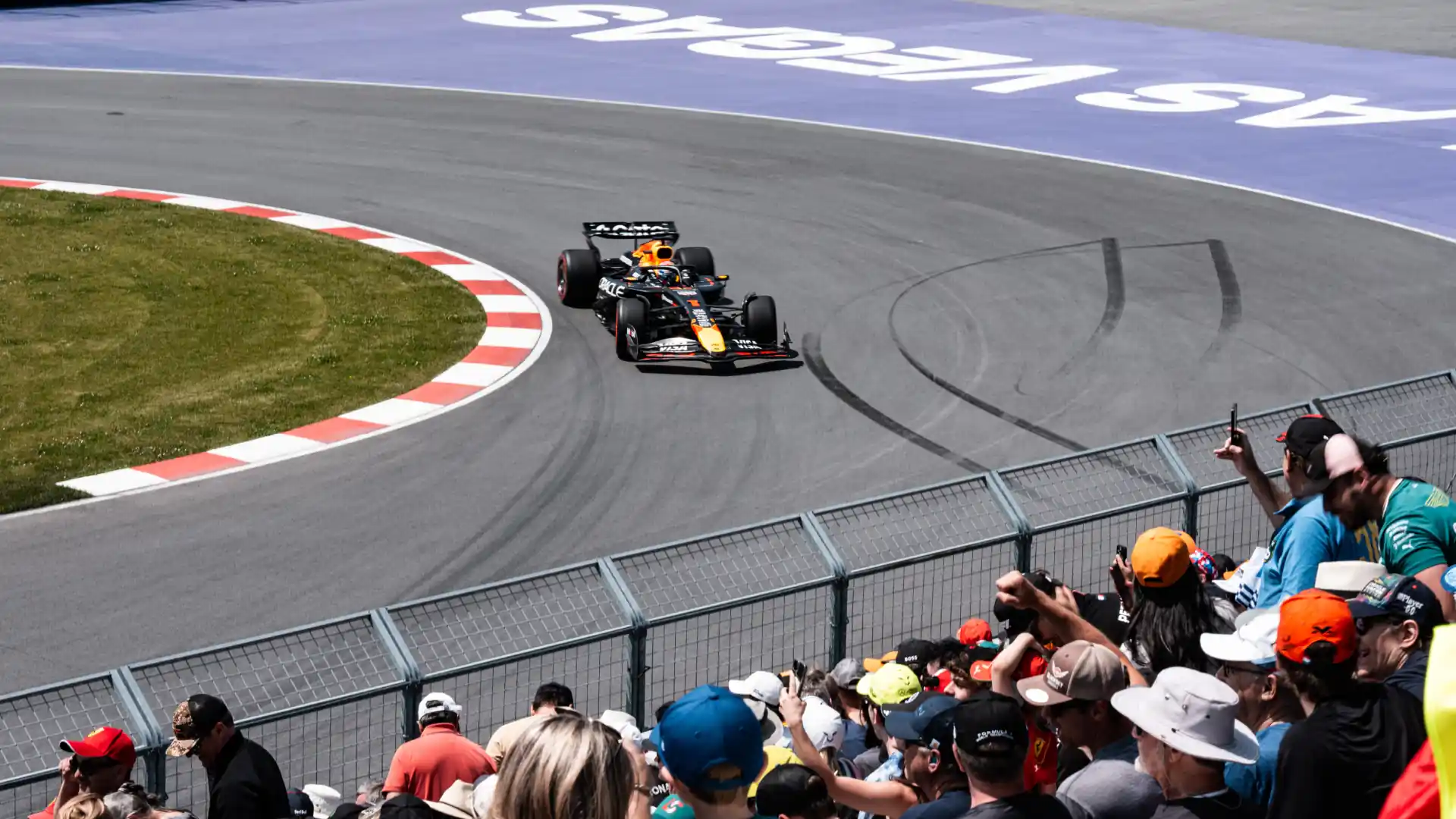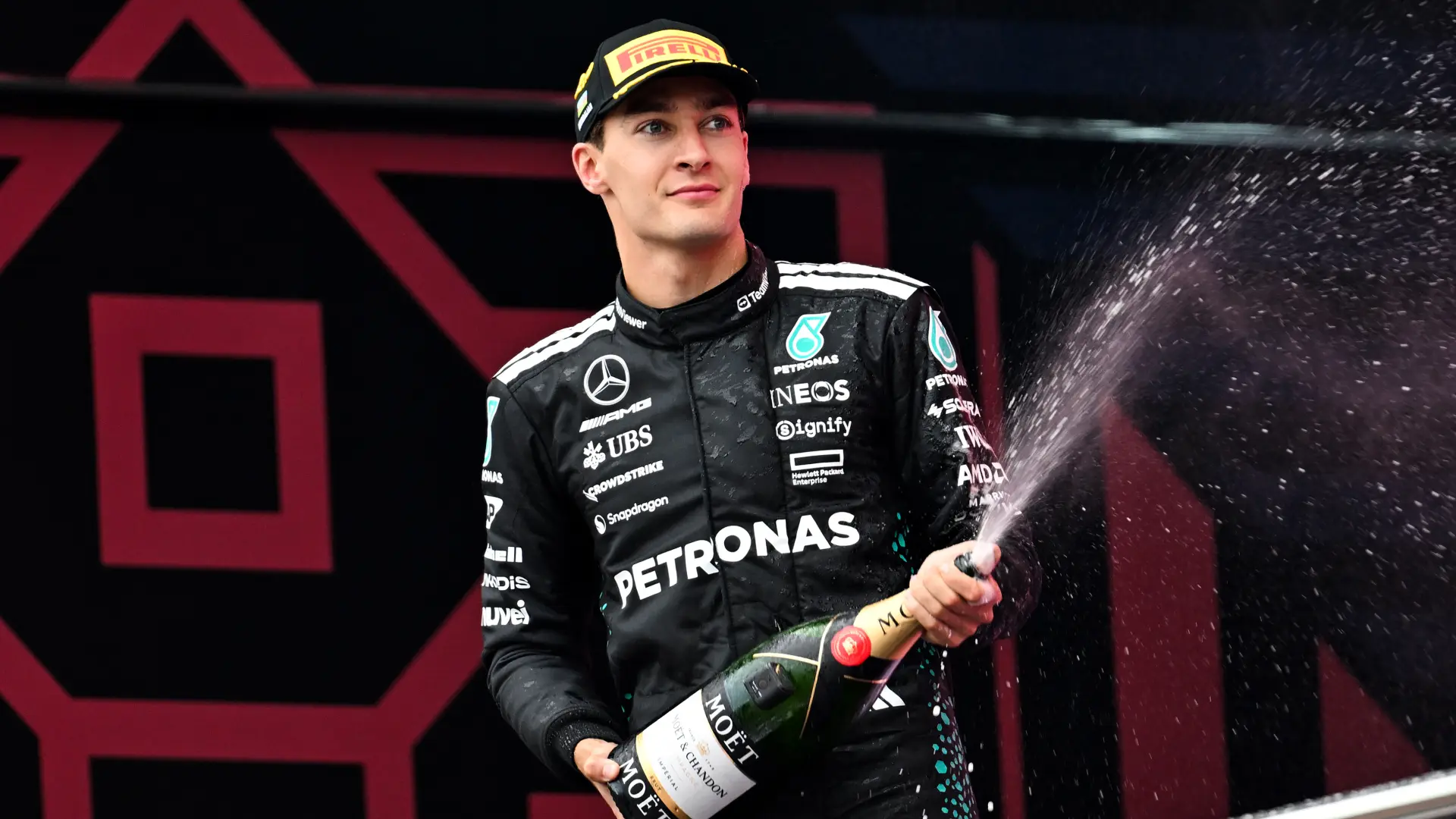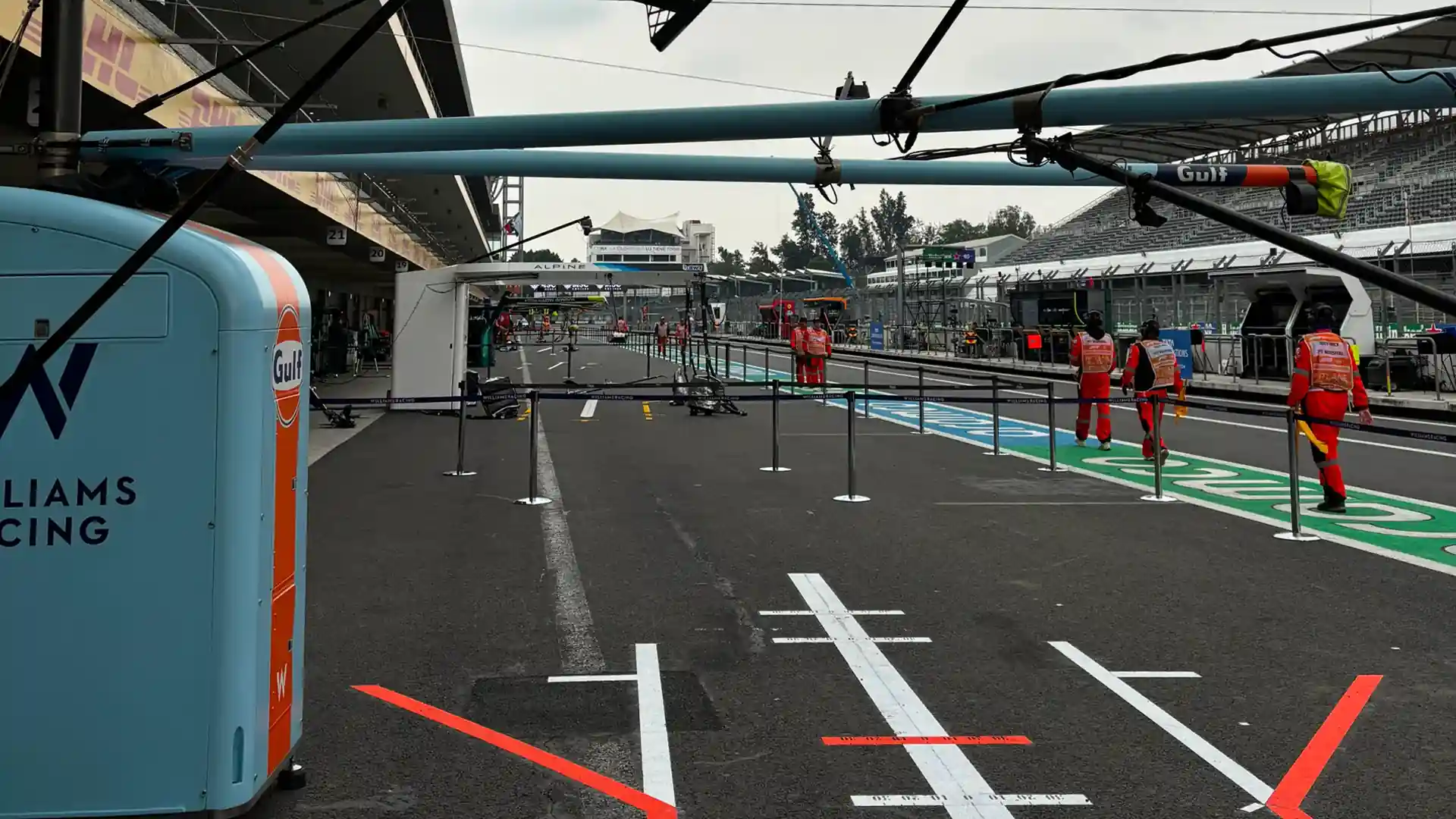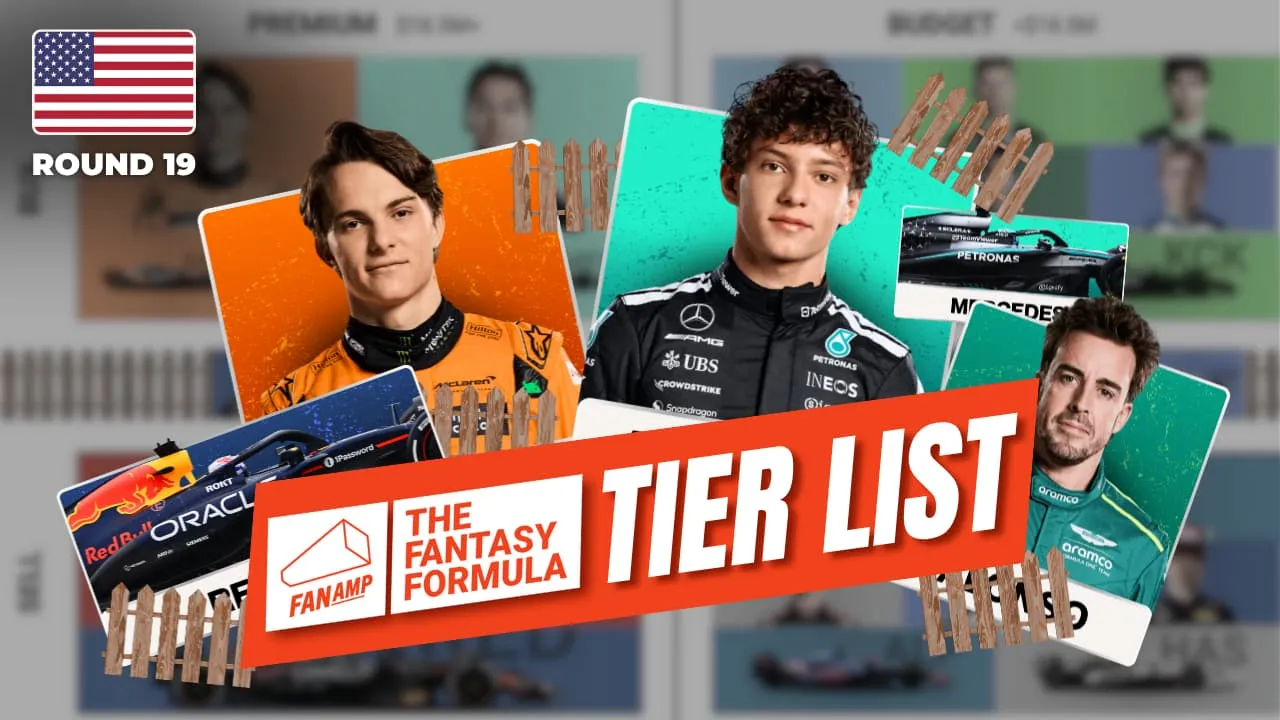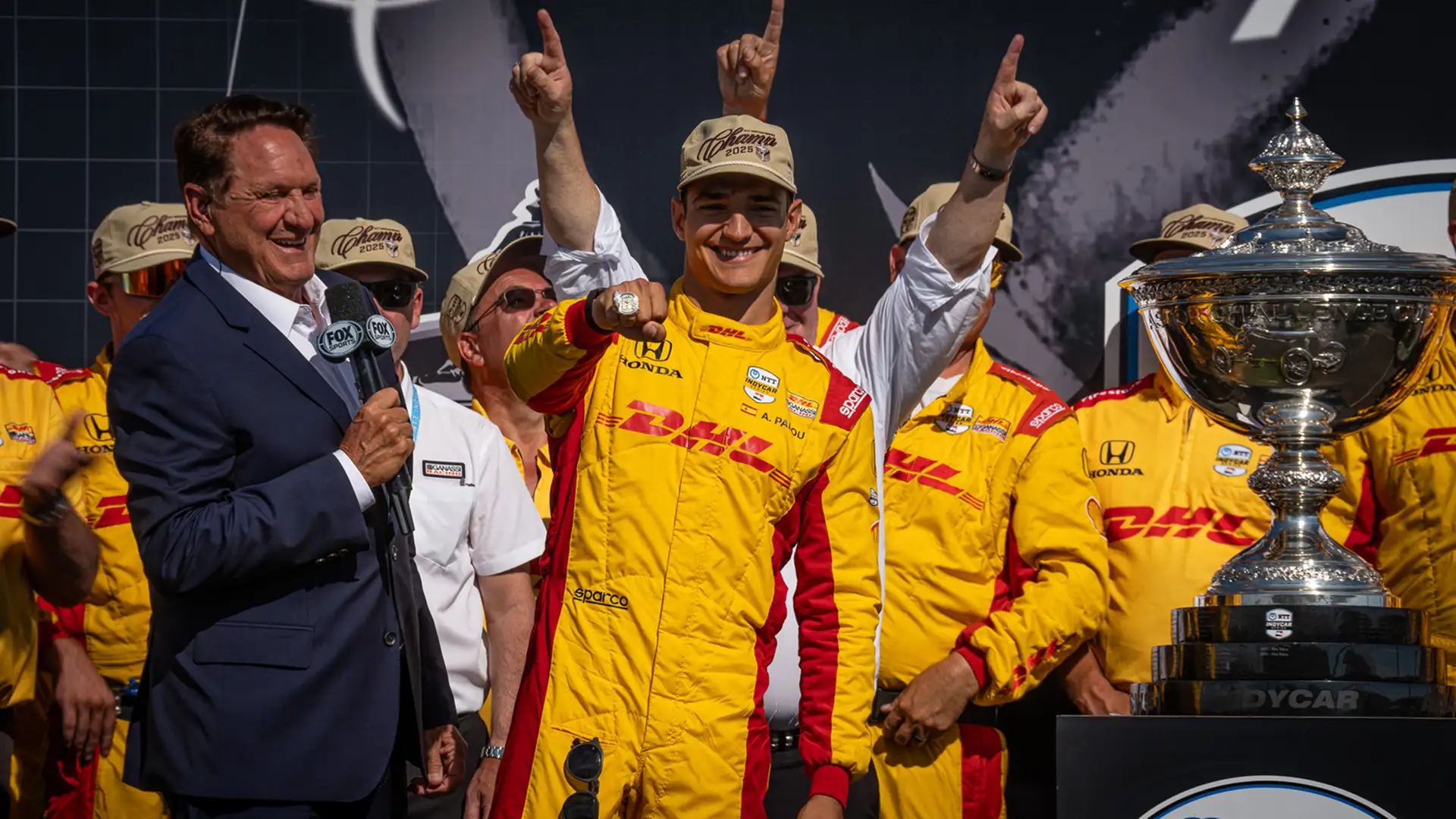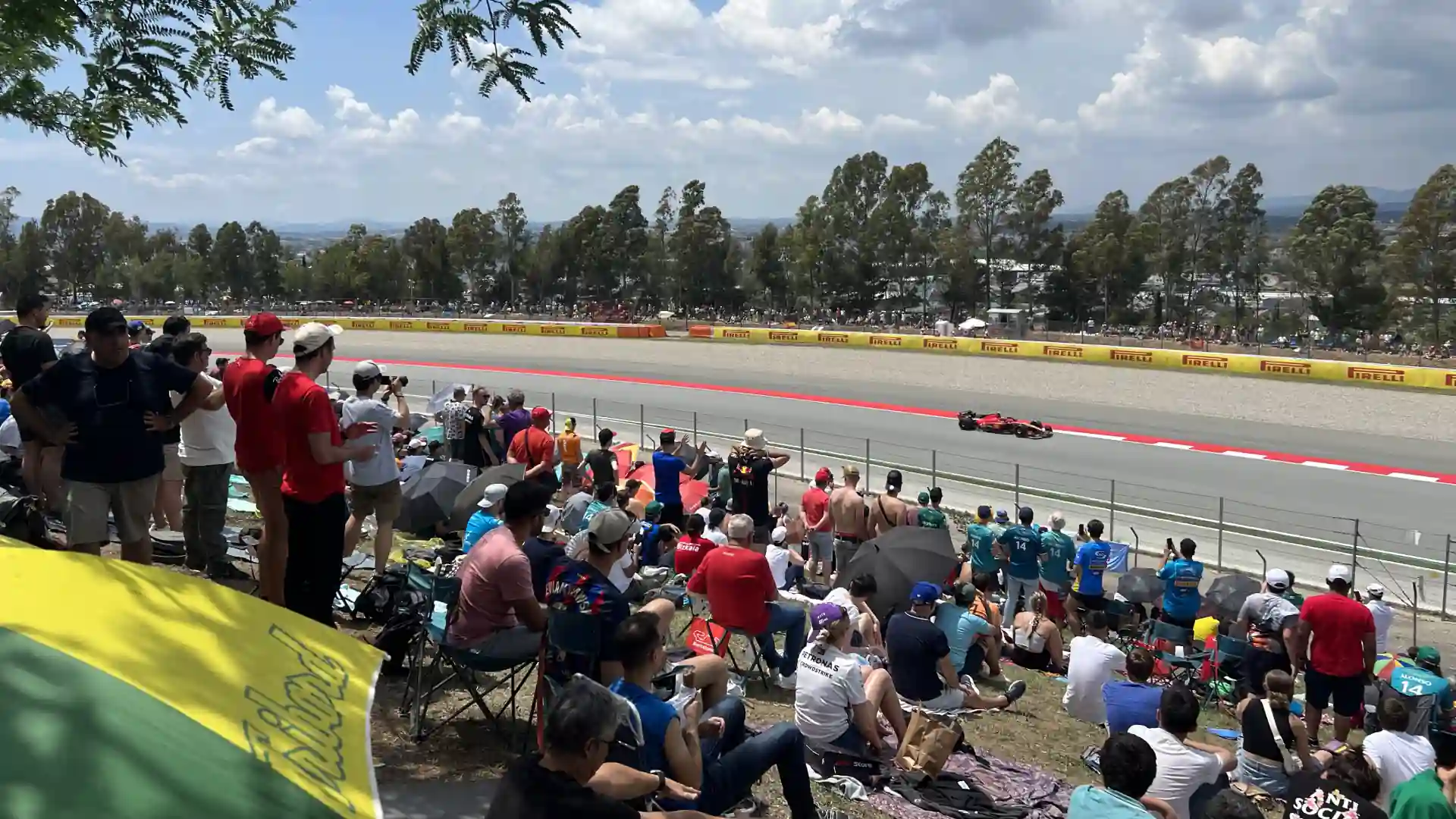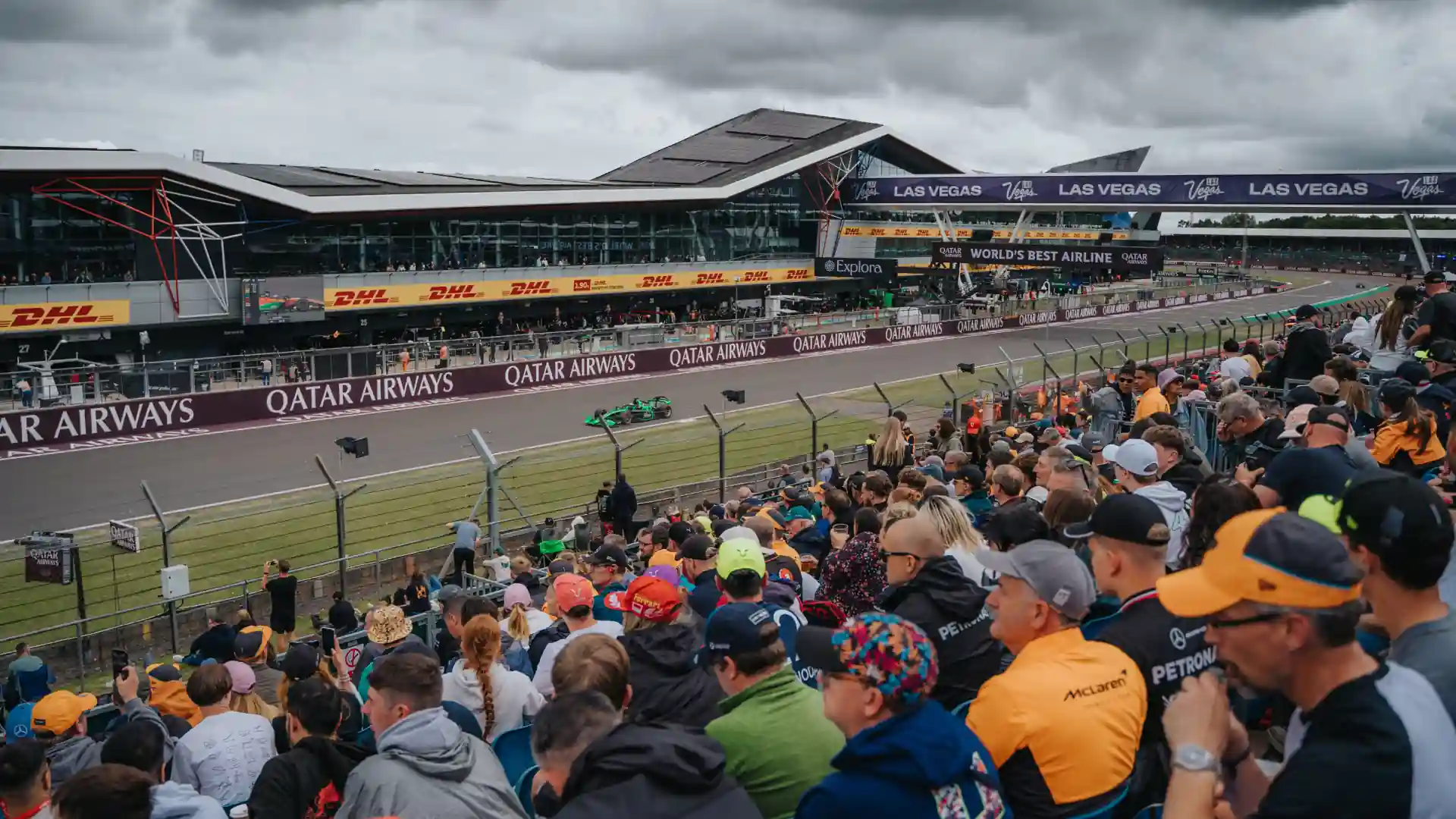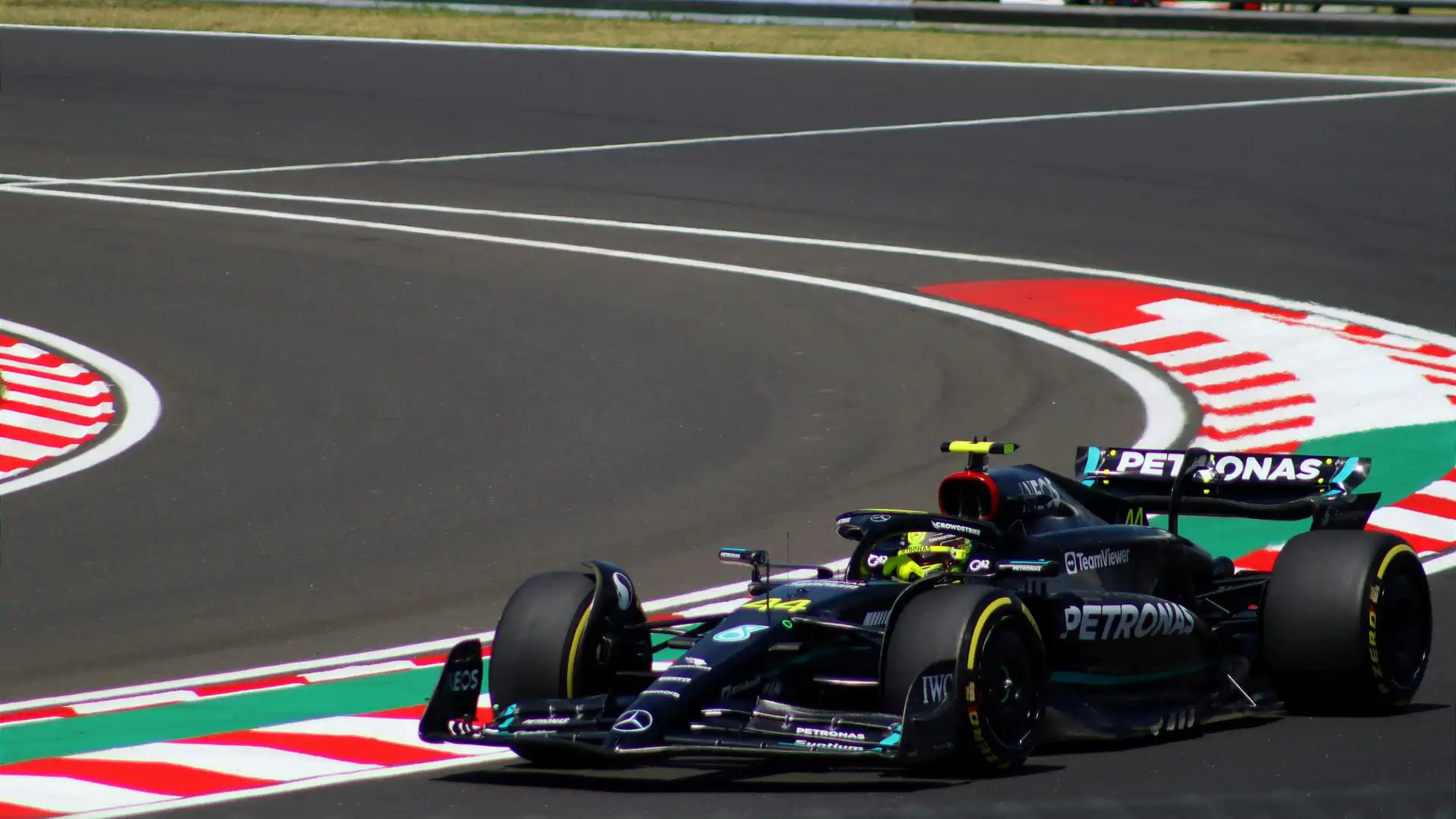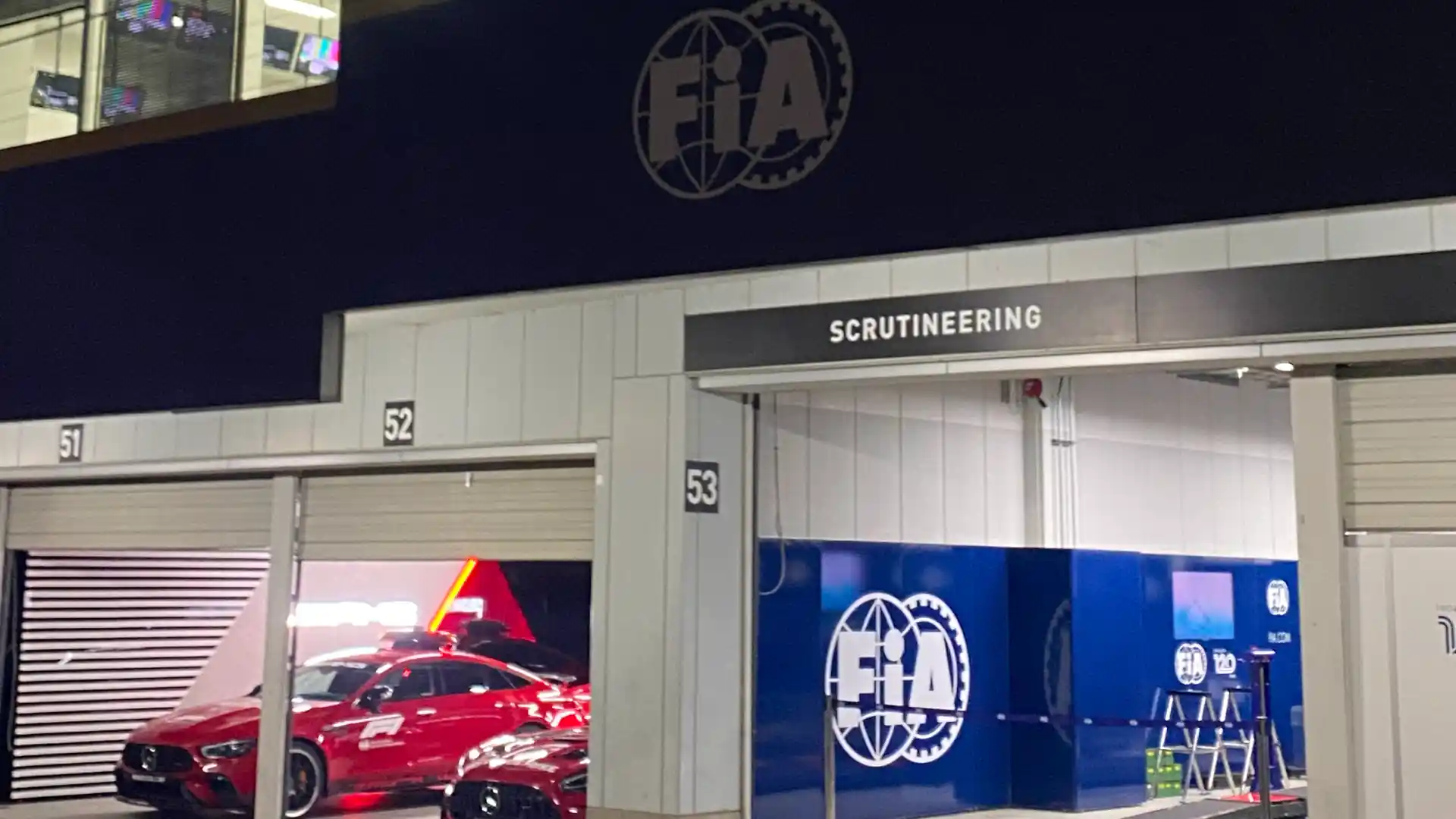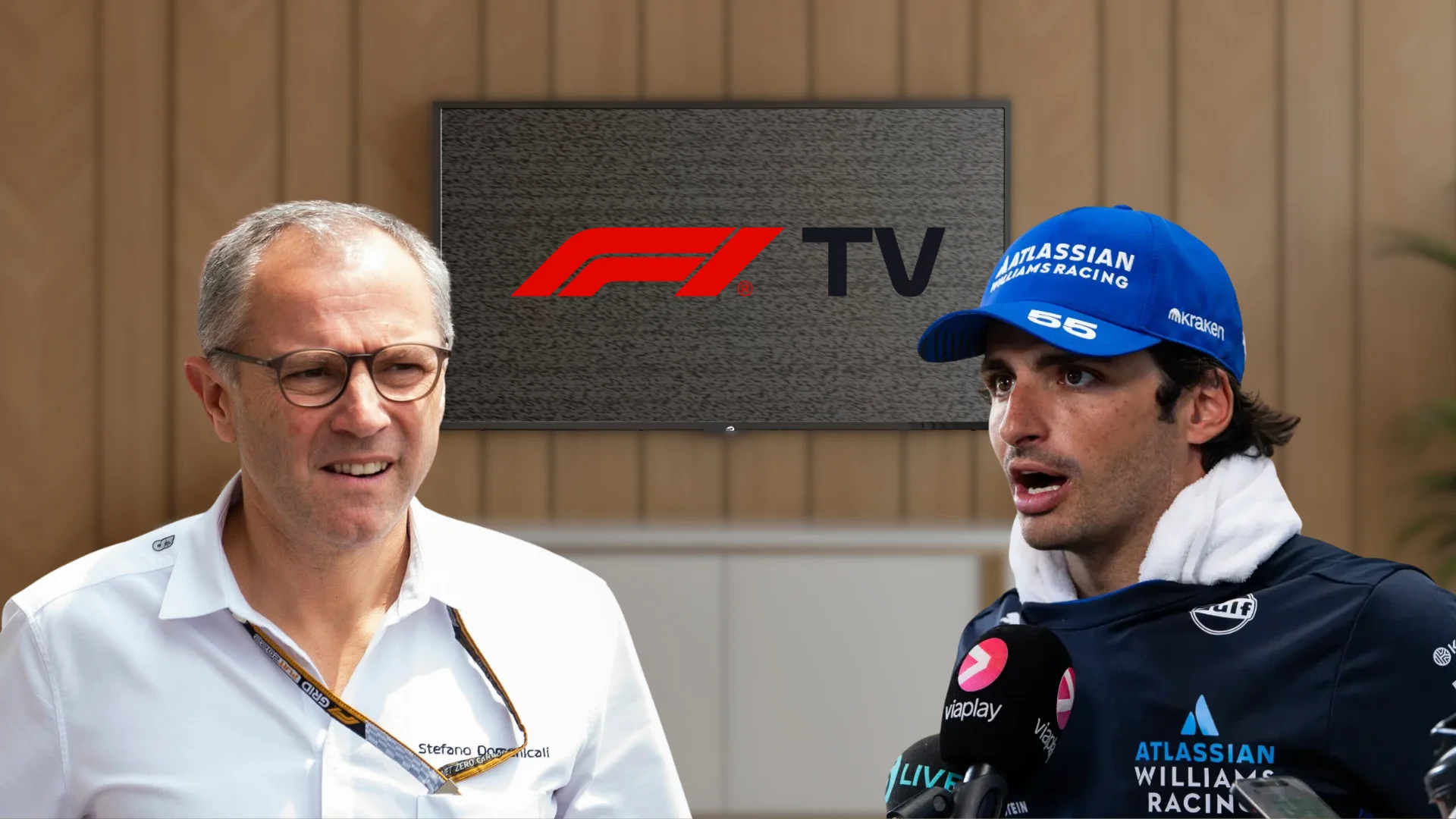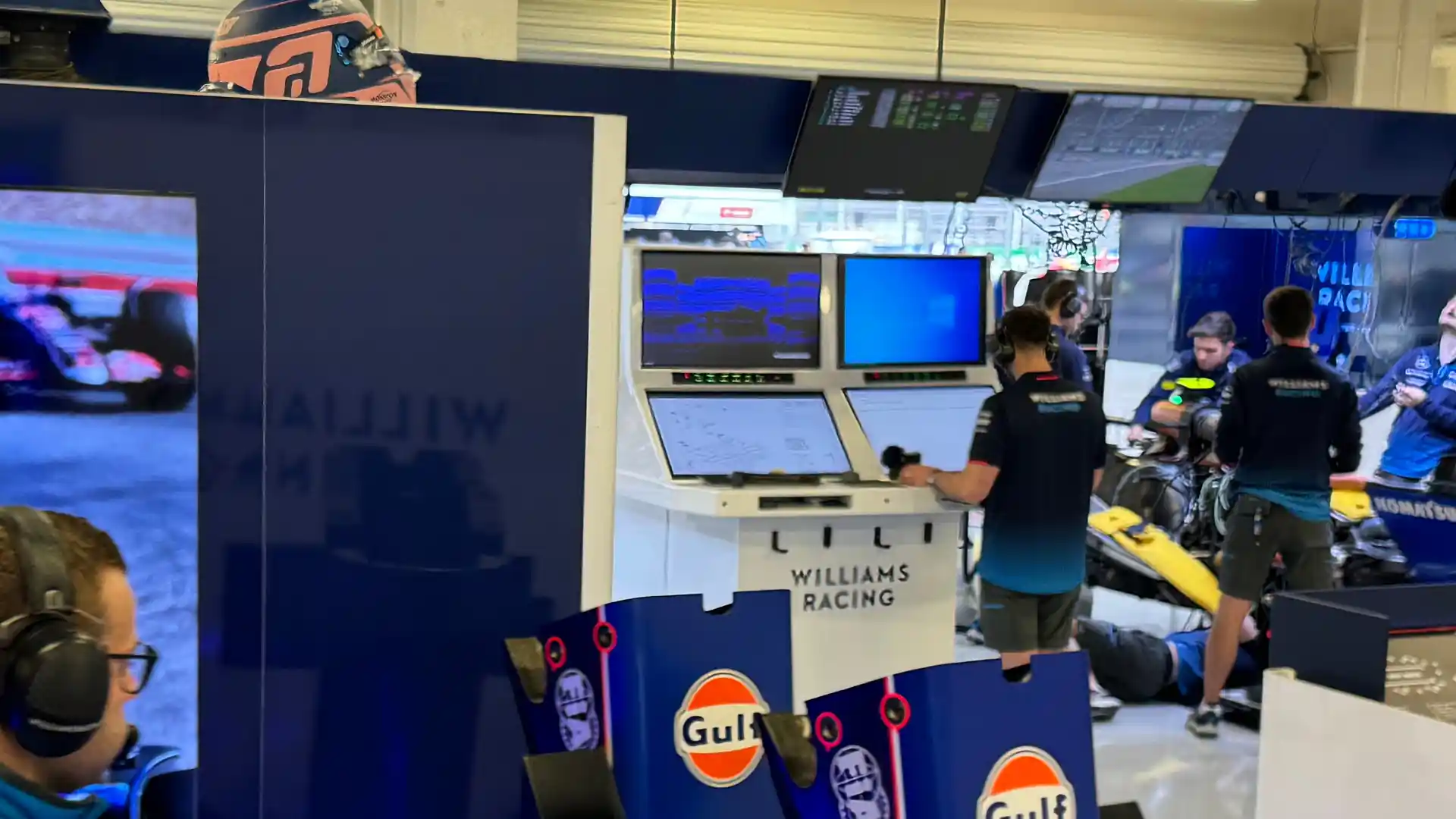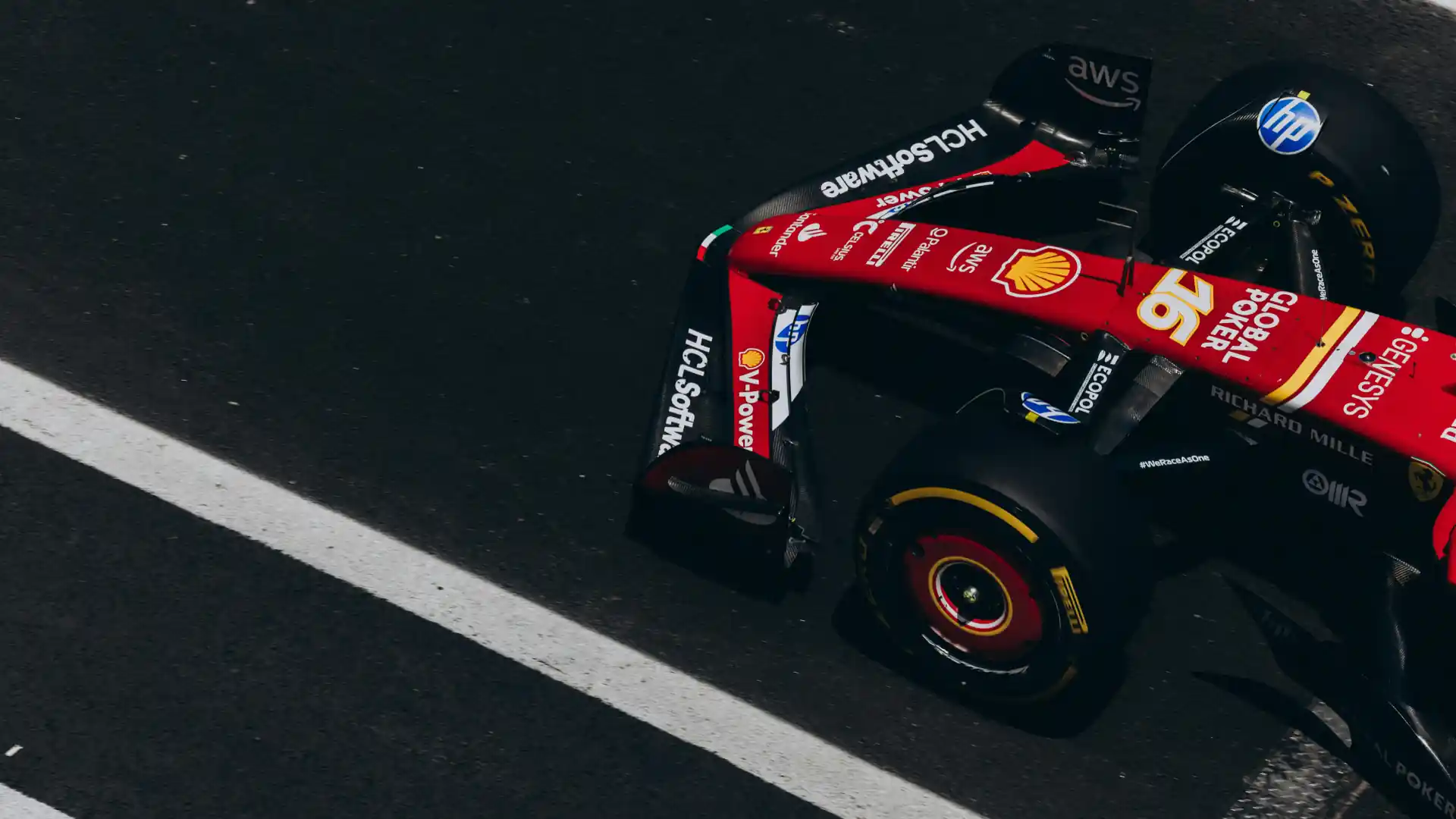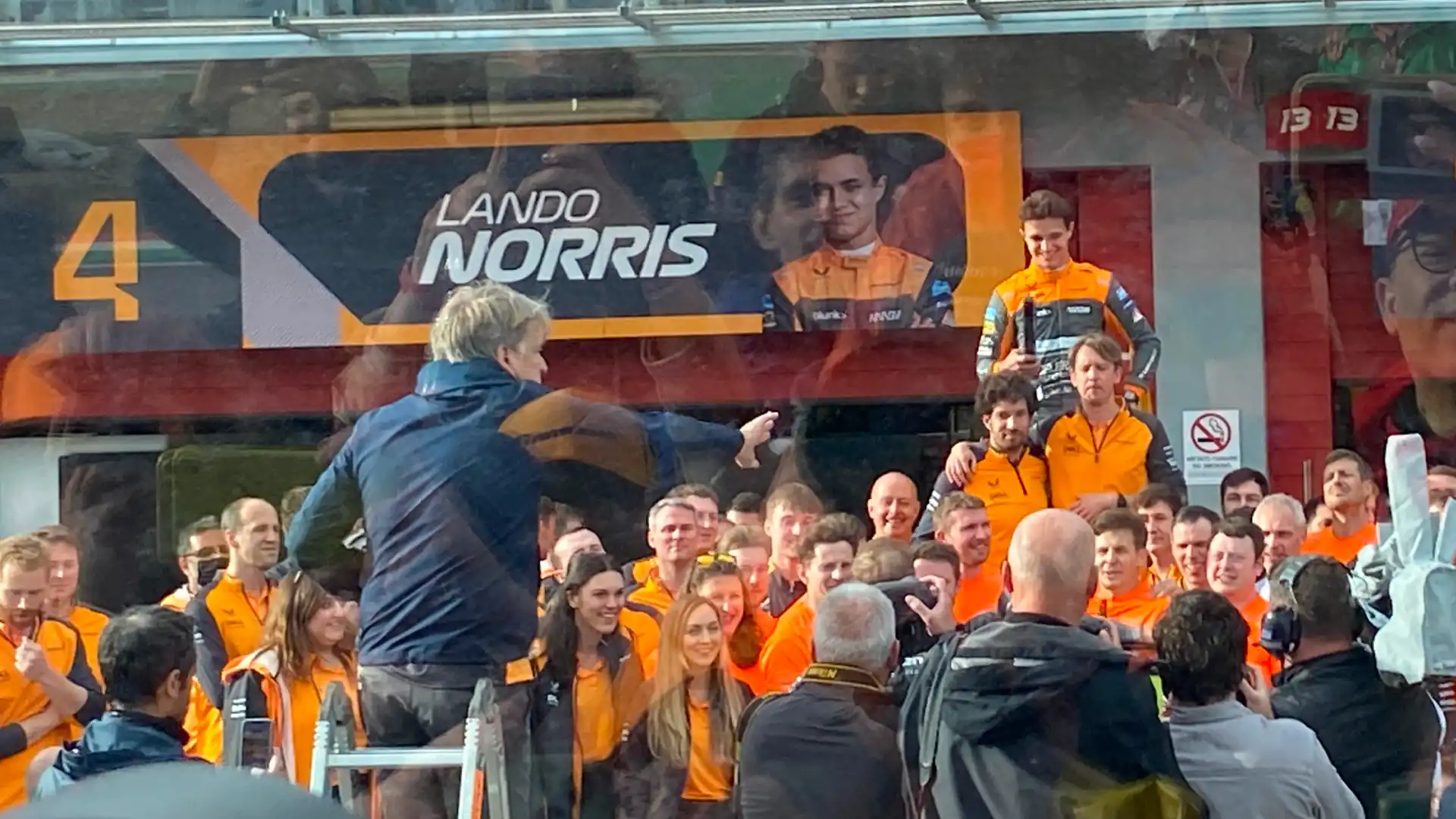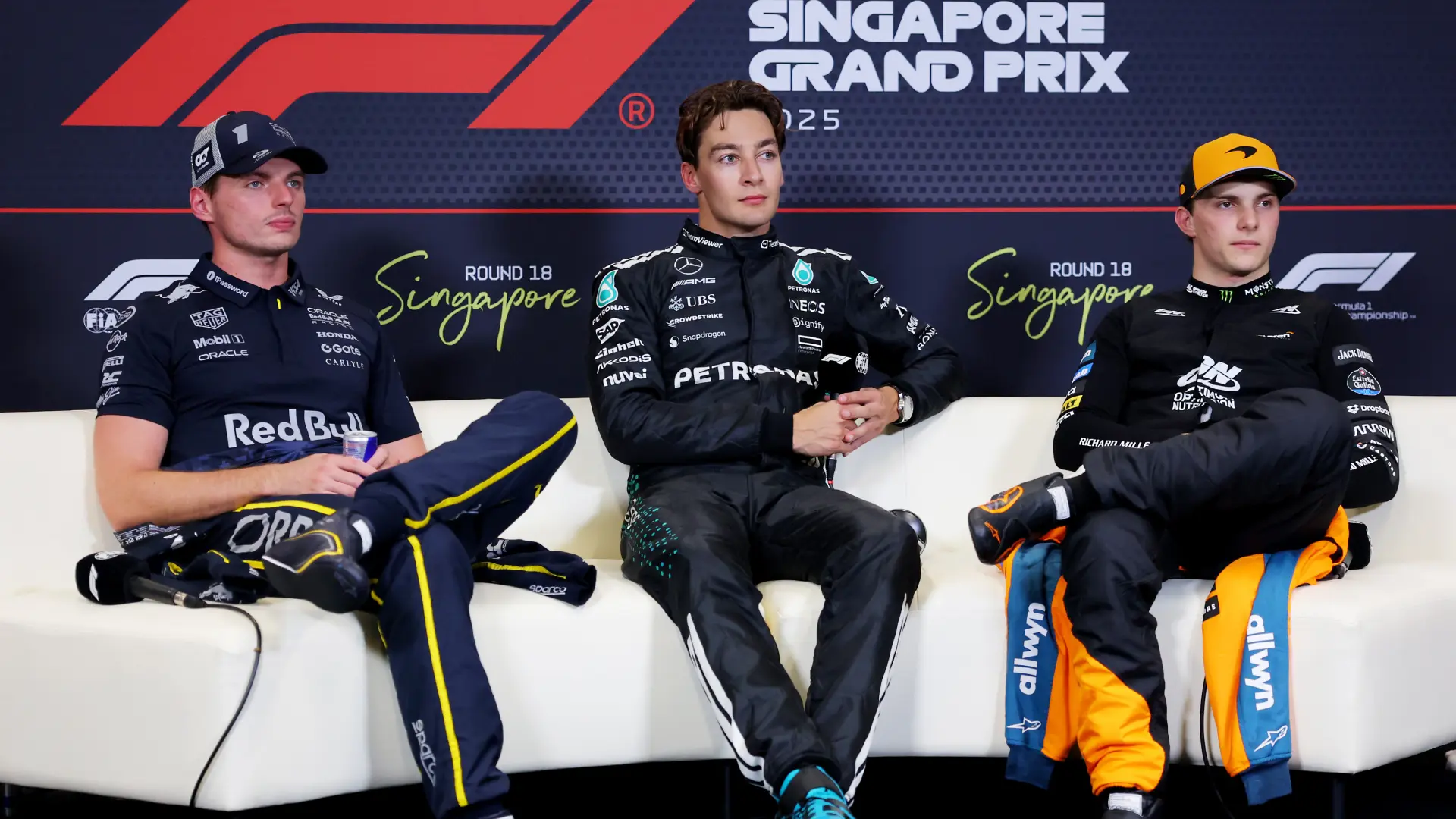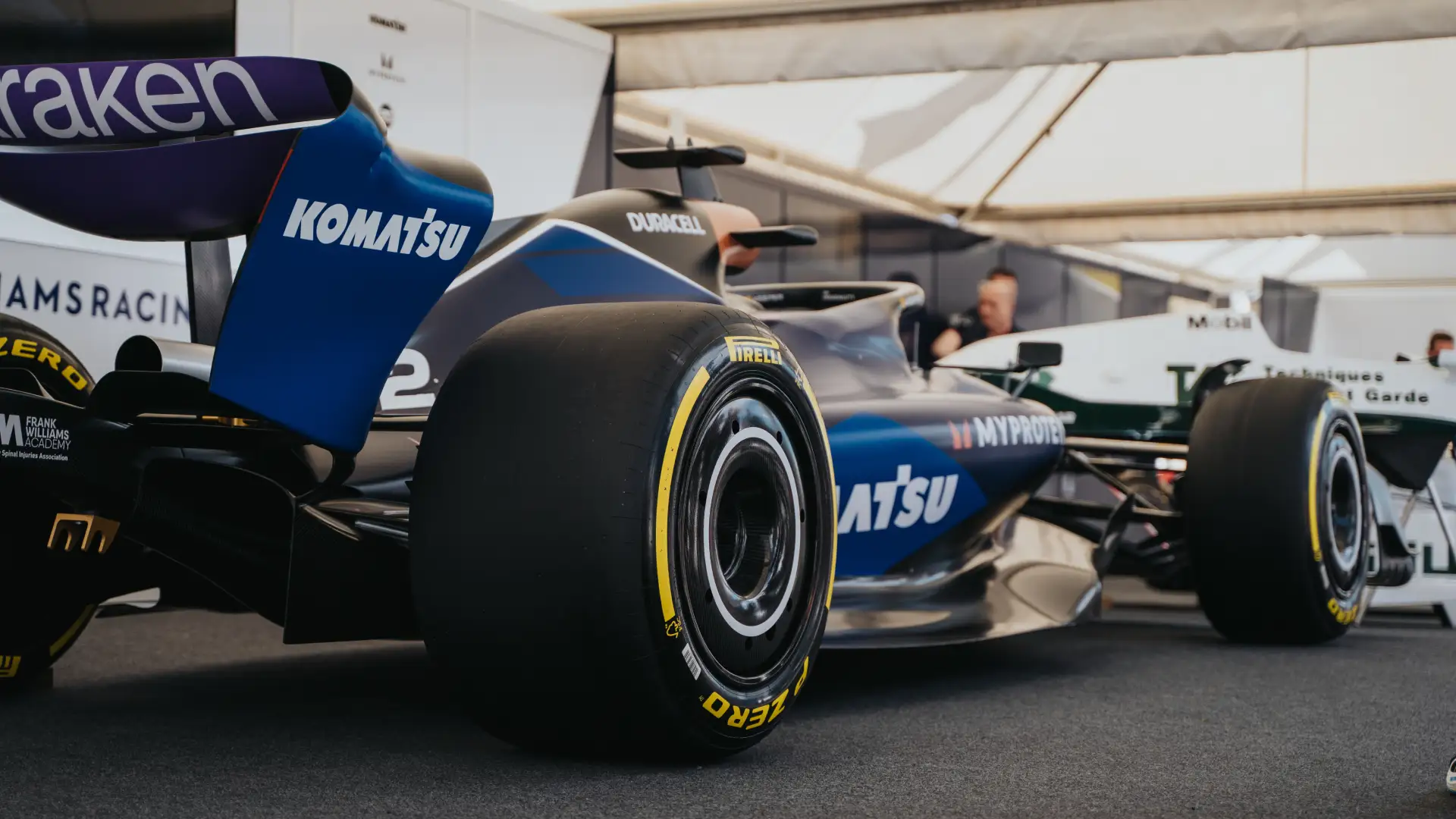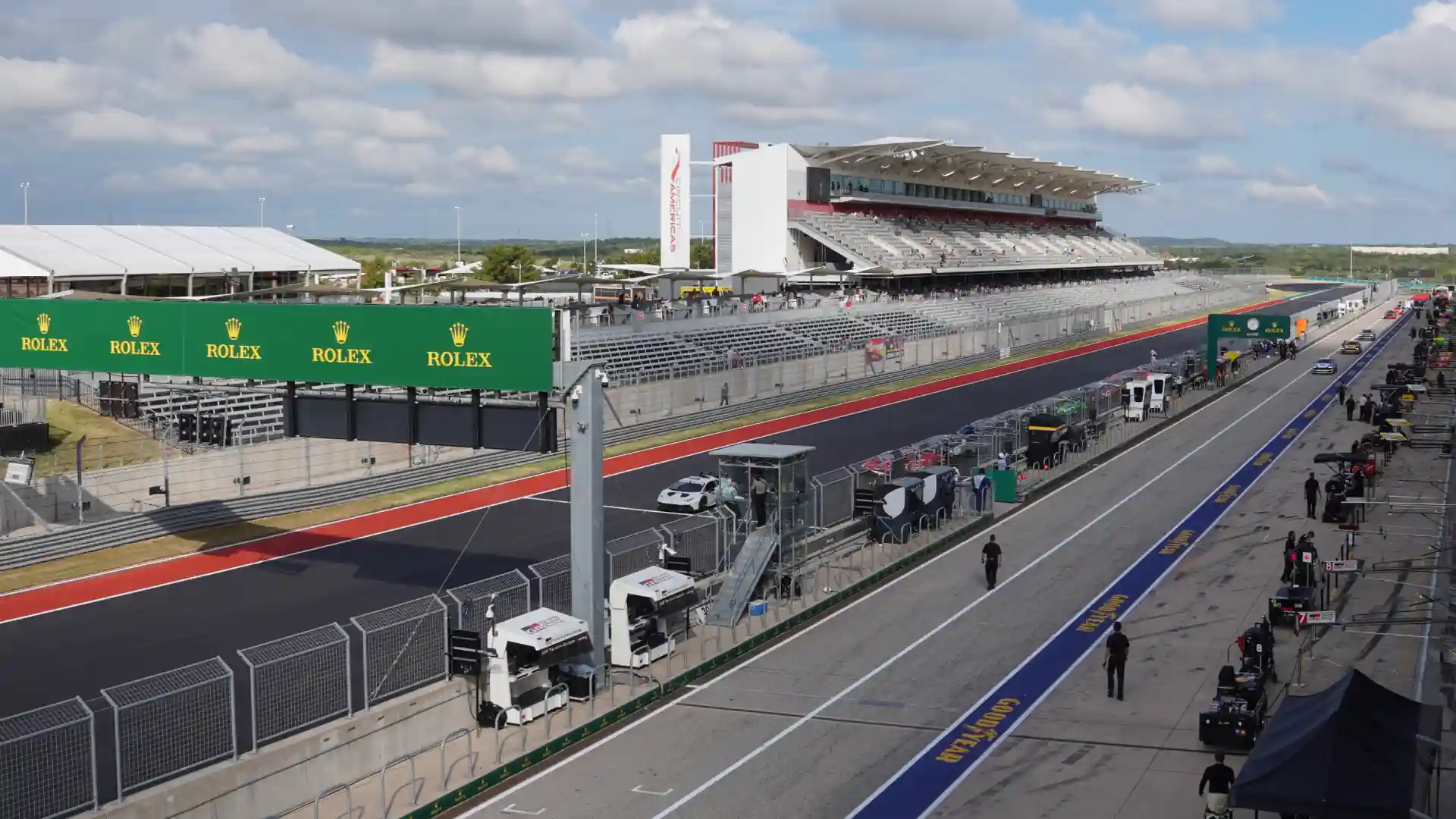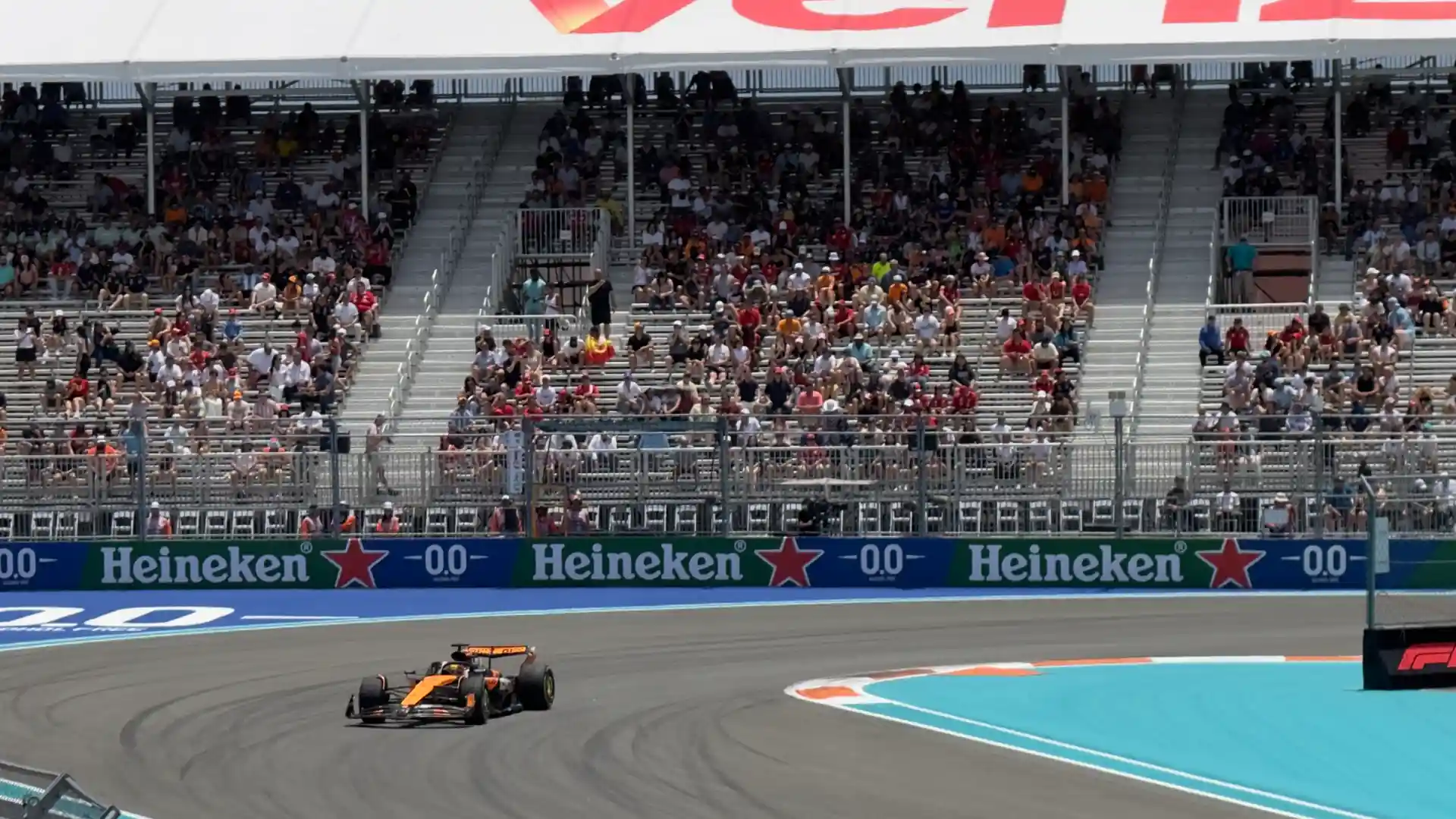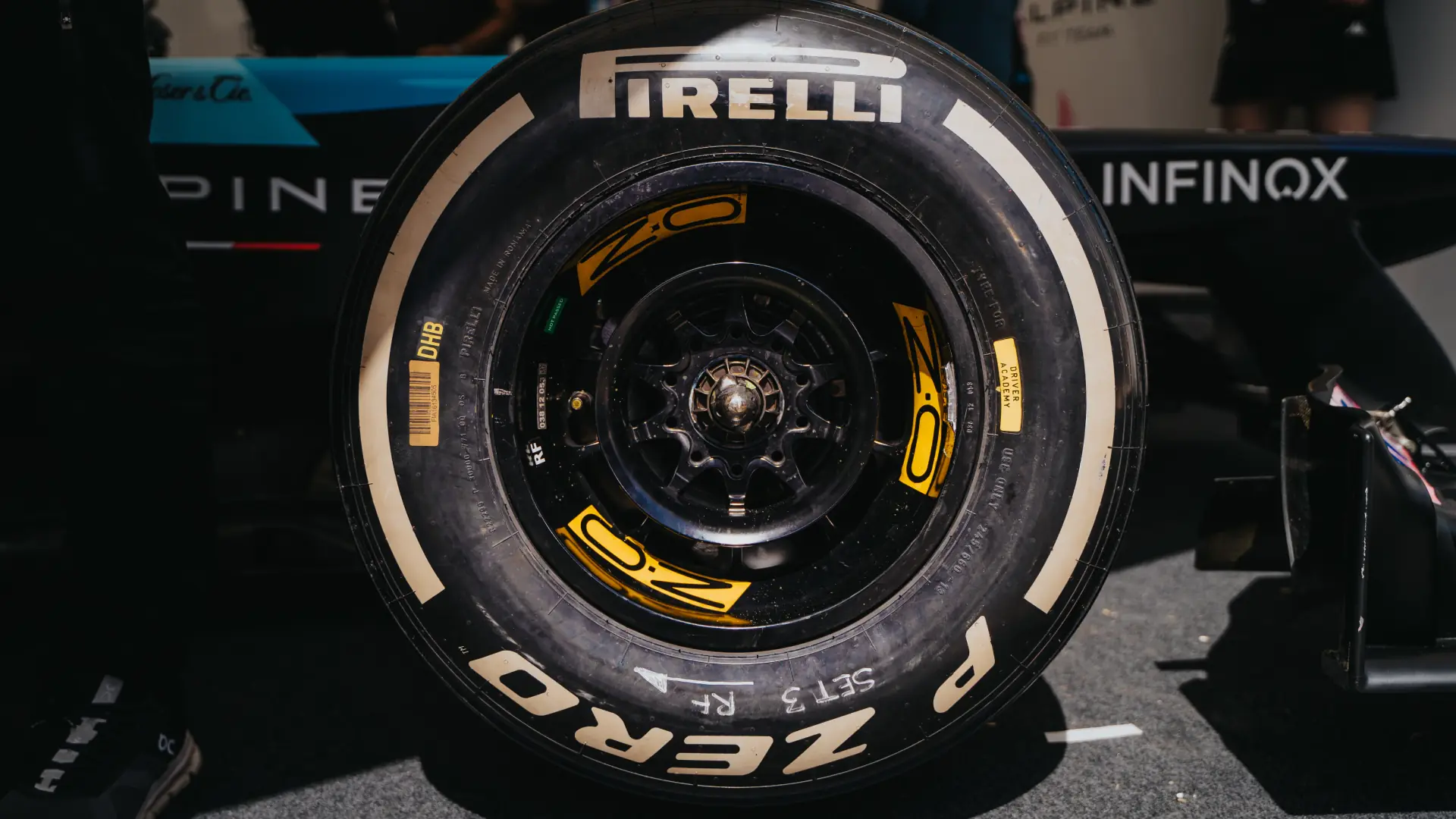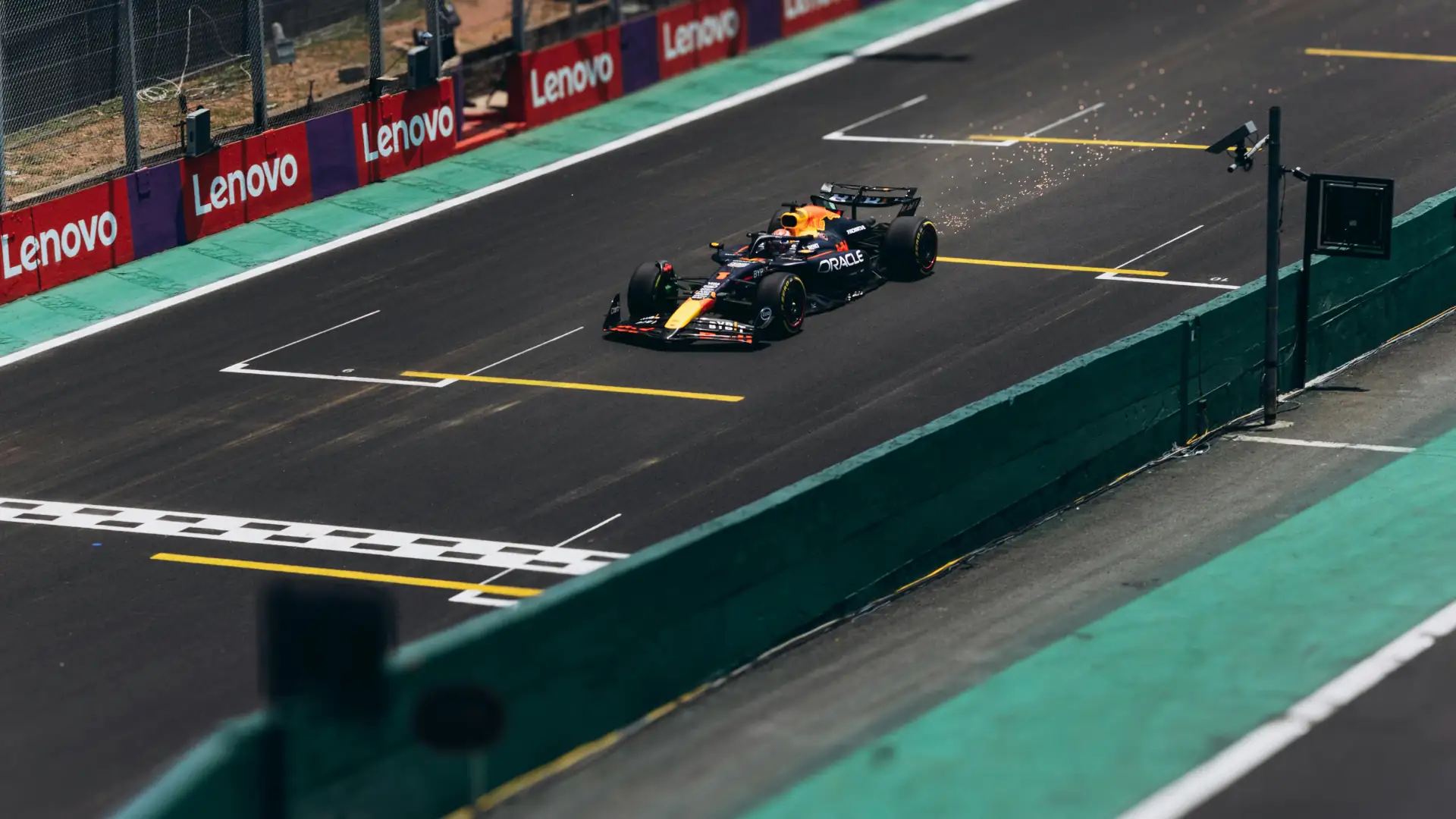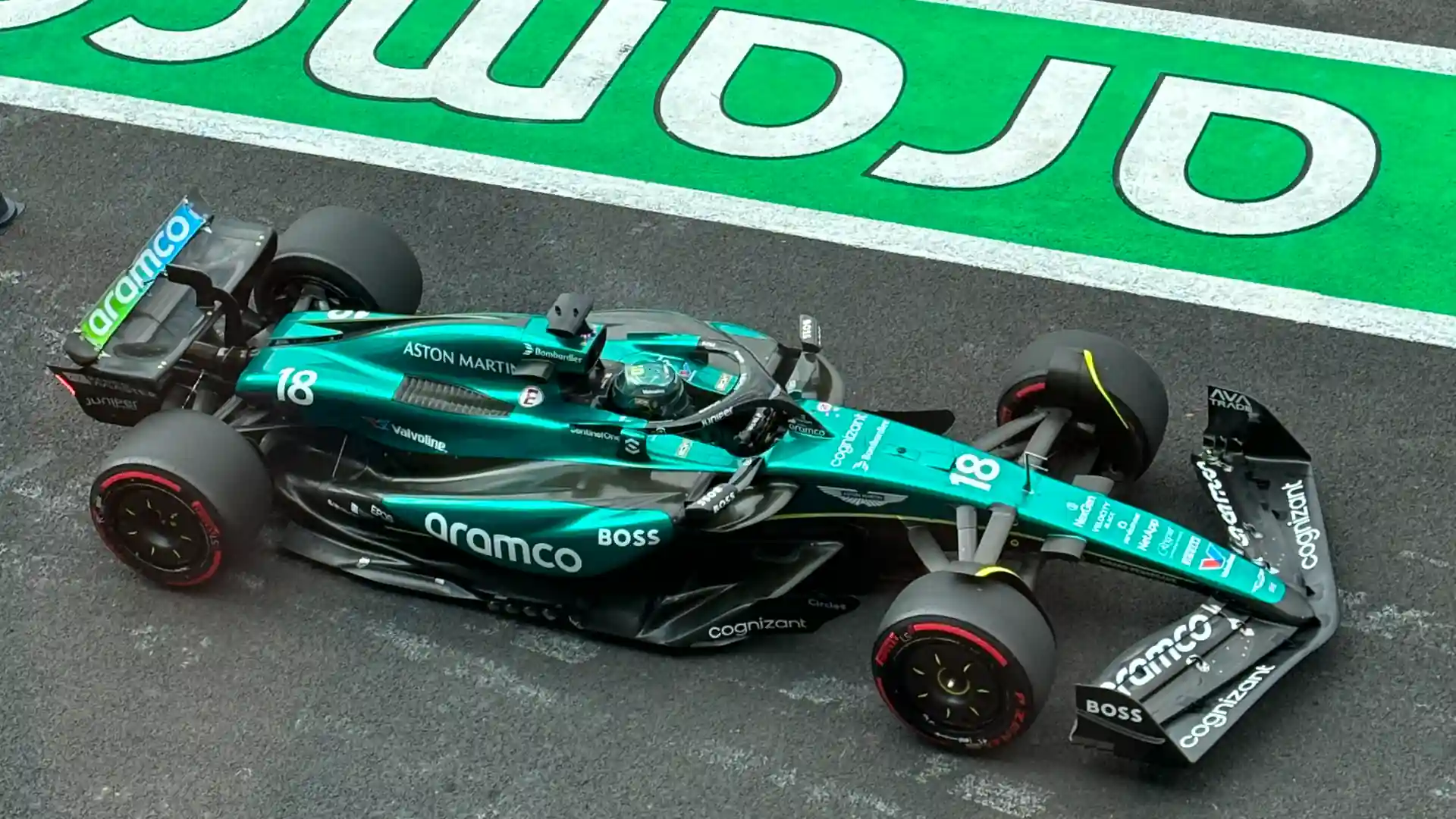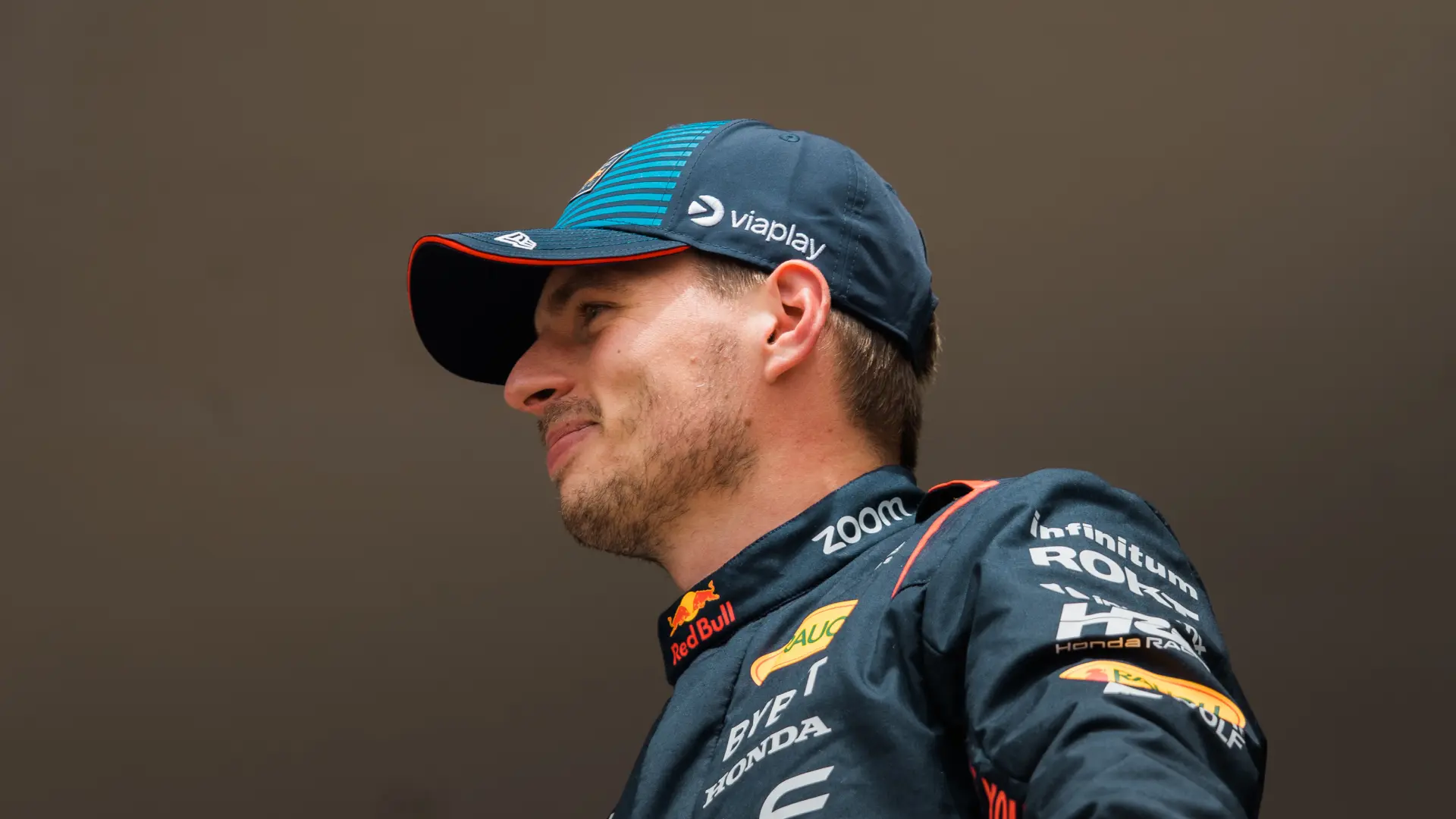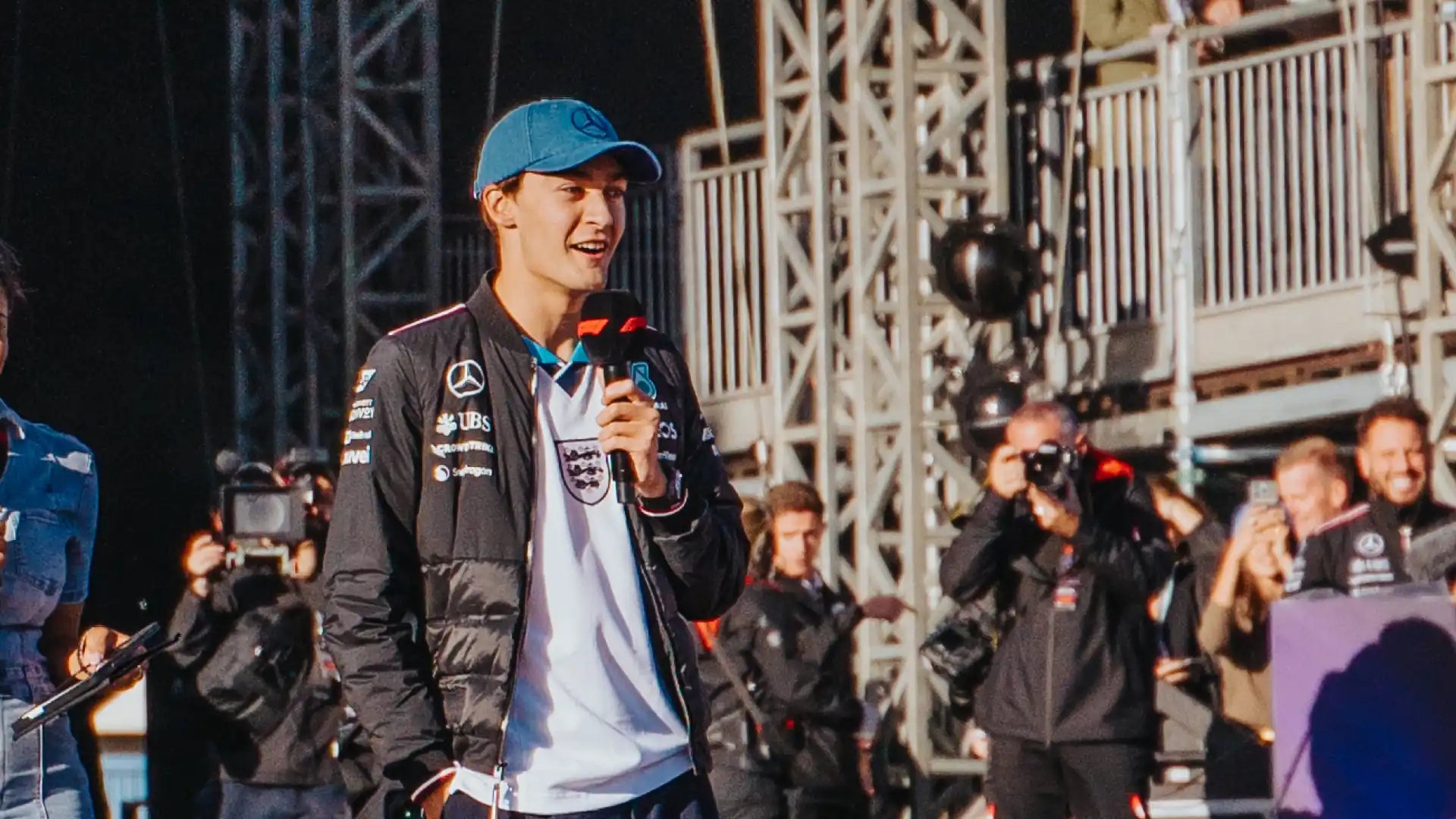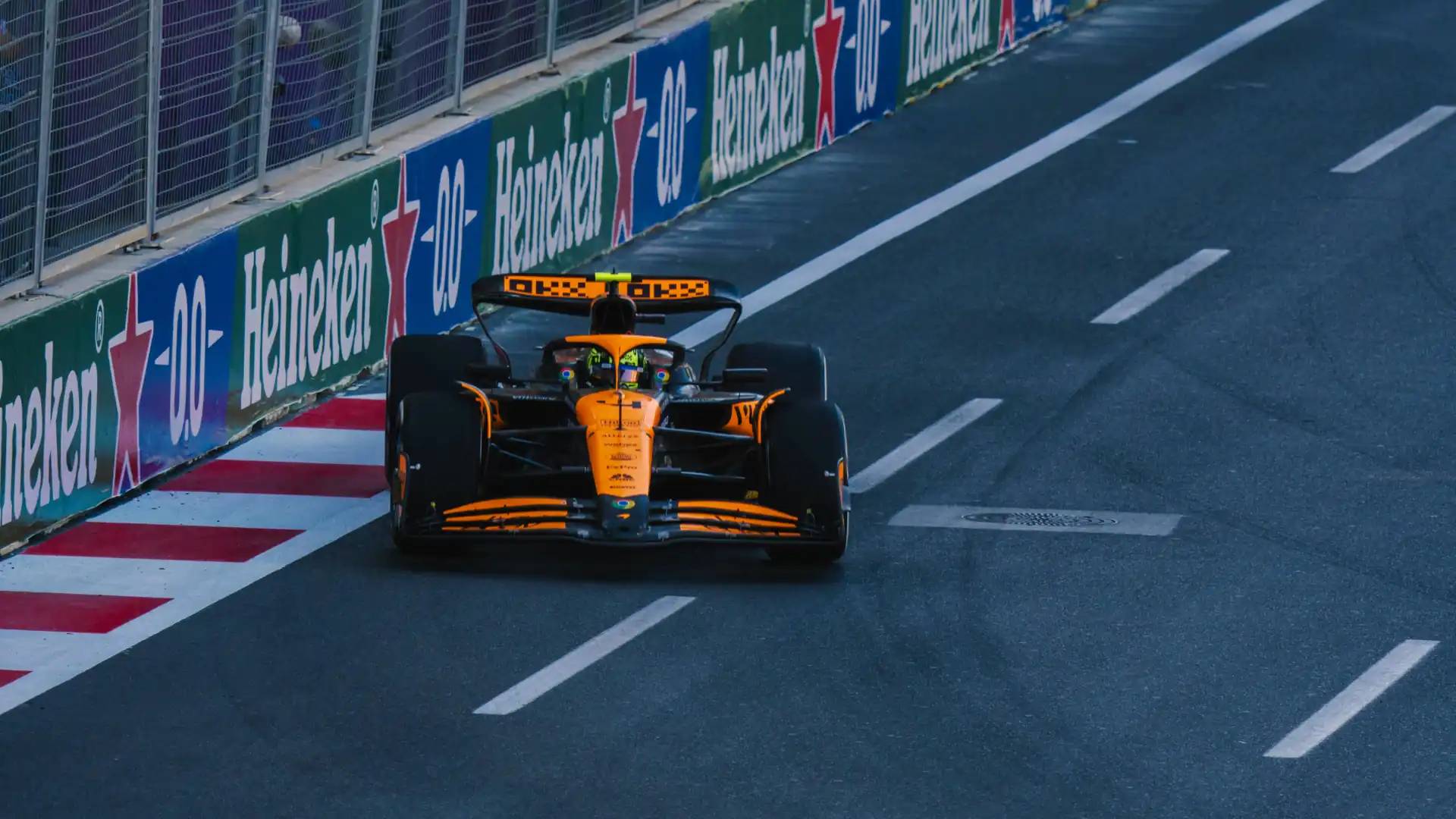2026 is set to be a year of major changes in Formula 1, from new teams joining the grid to new regulations shaping the sport. And now it seems like a new format to the race weekend might be on the horizon as well.
In a recent episode of The Race F1 Podcast, F1 CEO Stefano Domenicali talked about the direction of F1’s future and his plan to discuss, with drivers, teams and the FIA, two key possibilities that could impact the future and evolution of the sport.
"There are: can we apply that [sprint schedules] with more races? And is this the right formula to have the possibility to have a reversed grid, as we are doing with F2 and F3? These are points of discussion.”
The concept of a reverse grid in F1 is particularly interesting as it could introduce a new challenge on race day. The current order that F1 cars take on Sunday is determined by Qualifying times set on Saturday, with the fastest driver taking pole position at the very front, the second fastest behind them, and so on, until we reach the slowest car in P20. A reverse grid would take a portion of that order and flip it on its head; for example, 10th fastest would take pole position, ninth fastest would line up second on the grid, and so on, with the fastest driver lining up 10th overall.
And this isn’t something new to Formula racing. The idea of introducing a reverse grid to F1 has been floated around many times before, most recently during the initial introduction of sprint races to the race calendar. And as Domenicali pointed out, it is commonplace in both the F2 and F3 feeder series to use a reverse grid format for their sprint races (you can read more about this in our F2 and F3 Weekend Guides).
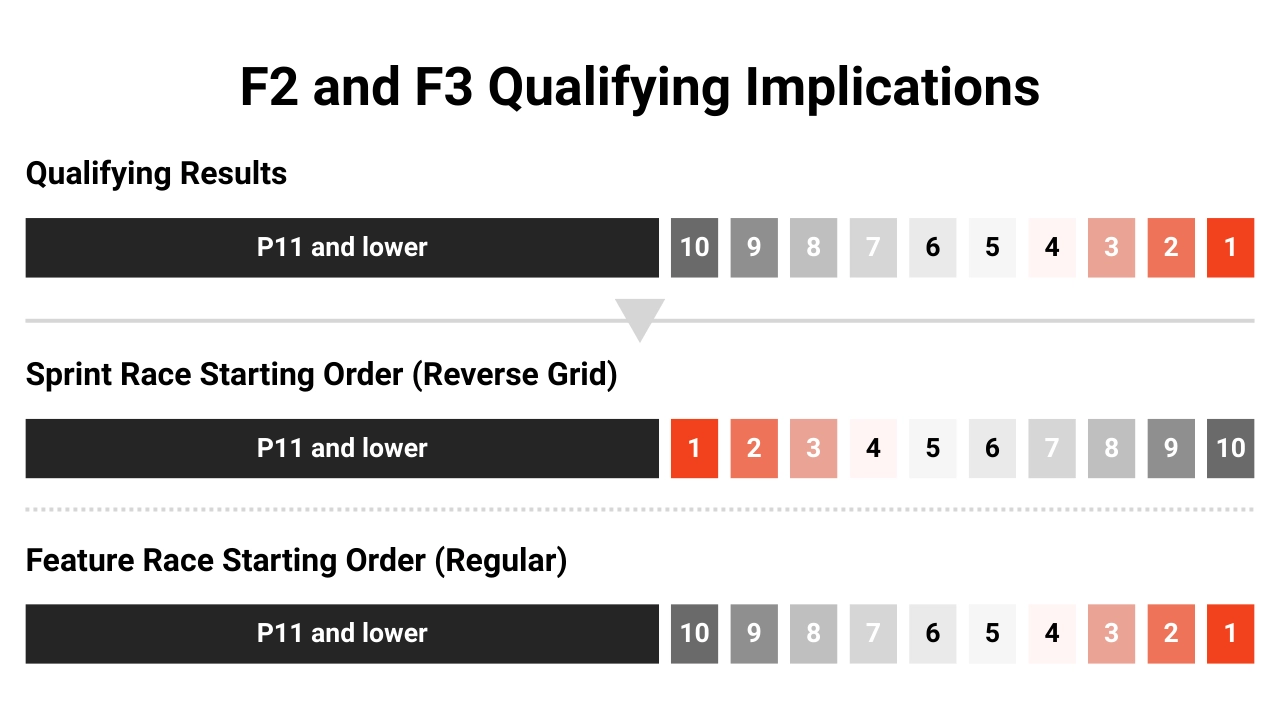
What’s more, F1 Academy reintroduced the concept this season after taking a hiatus from it for 2024. Now, one race during every F1 Academy race weekend uses a reverse grid in a change that was positively received by the drivers themselves.
“It is great for racing, and great for the show,” said Mercedes-backed driver, Doriane Pin. “It is good for us to learn how to fight, and how to be intelligent in terms of our race craft. It’s going to be interesting, but I am looking forward [to] those battles on track!”
Certainly, the added on-track action that a reverse grid would bring is a driving factor to why F1 is considering introducing them in the future. F1 is in constant search of innovation and keeping the field moving forward at a fast clip, for the sake of the sport and its fans. While F1 has gained massive popularity in recent years, maintaining such a large audience is going to be the next challenge. Something like a reverse grid could certainly add a level of tension to races that would keep fans at the edge of their seats and coming back for more.
While still in its early stages, the idea has garnered support from the likes of McLaren’s team principal, Andrea Stella, who said, “We all have a responsibility to sustain this journey that F1 as an overall business is going through.
“As part of this responsibility, we need to be open to reinventing ourselves if this is needed to sustain this growth.
“The success of the Formula 1 business at the moment should not be taken for granted. Not all sports are having this kind of success across the board.”
Indeed, a reverse grid is very appealing as a means of growth from a business perspective, but the drivers–who are more focused on competition and fairness within their sport–may have a different perspective. How they feel at present remains to be known, but how they’ve talked about reverse grids in the past may give us insight into their point of view.
When asked about the possibility back in 2019, Lewis Hamilton dismissed the thought very quickly, saying, “The people who have proposed it don’t really know what they’re talking about.”
Opinions, however, can change, and in 2023 Hamilton was more open to the idea of a reverse grid, citing the new challenge a similar experience provided. “The best sprint race I ever had was when I started last [in 2021 in Brazil] and so I’m in favor of the reverse order, except if we had that then everyone will just try and qualify last,” he said on the subject.
Yet George Russell, who was Hamilton’s teammate at the time, disagreed. “If you reverse that grid, you’re going to have the quickest car in 10th trying to overtake the second-quickest car in ninth, which is trying to overtake the third-quickest car which is in eighth,” he said. “So each car is actually trying to overtake their most direct competitor.
“What you’ll probably actually find is it would just be a DRS train.”
We will know if this is true or not only if or when F1 does try using a reverse grid. And at this point, it is certainly looking more likely to be a when rather than an if, as Domenicali himself has said, “We are open for that, because I think that's the right thing - to listen to our fans, to try to create something, and not to be worried to do mistakes.
“The one who believes to do no mistakes doesn't do anything new.”
As the topic heats up again and summer break comes to an end, we will surely hear more about this, and the fact that the idea is resurfacing yet again shows F1’s constant drive to push the needle forward. And that willingness to try something new is exactly what makes F1 the thrilling sport that we all know and love.
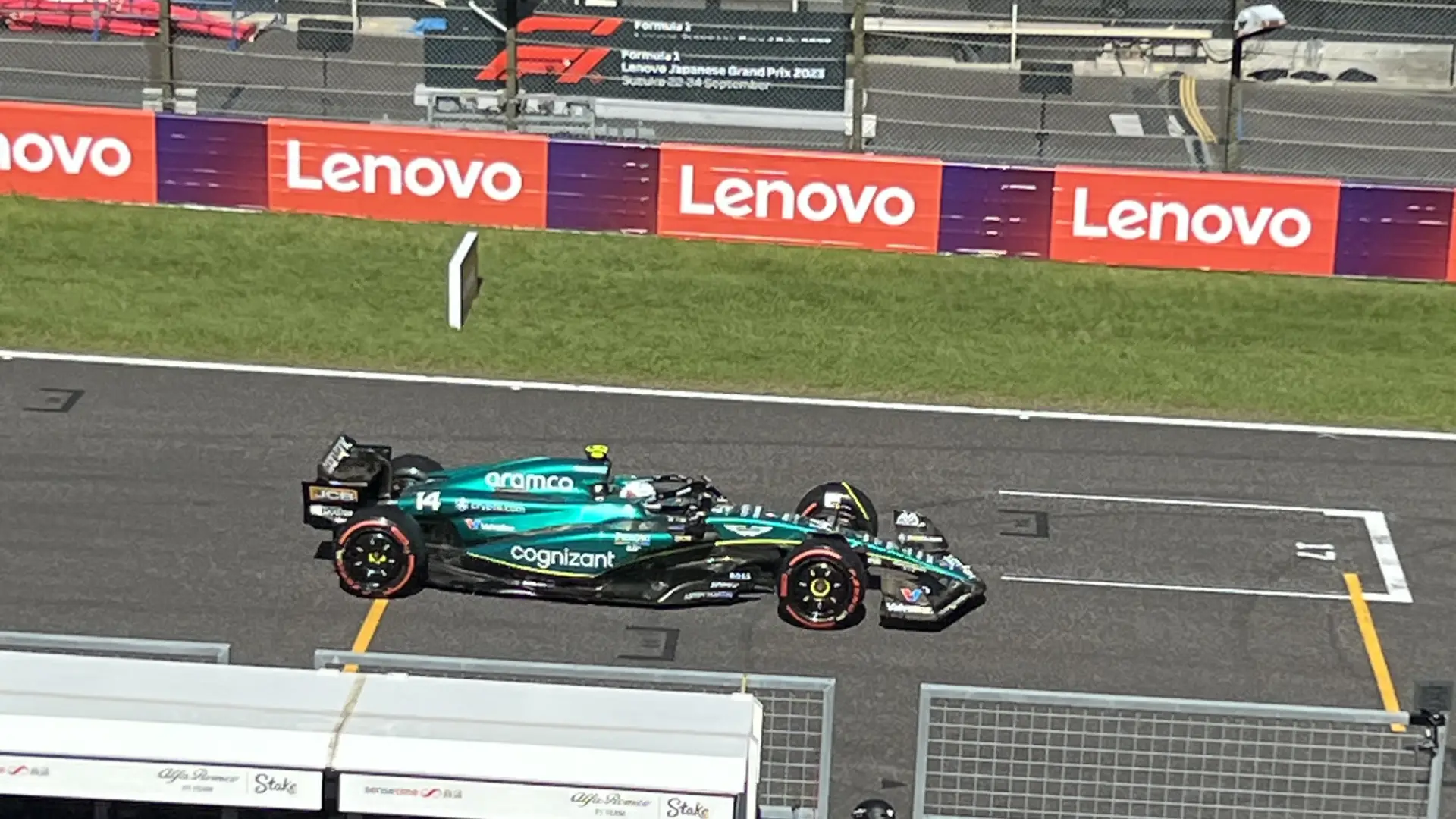


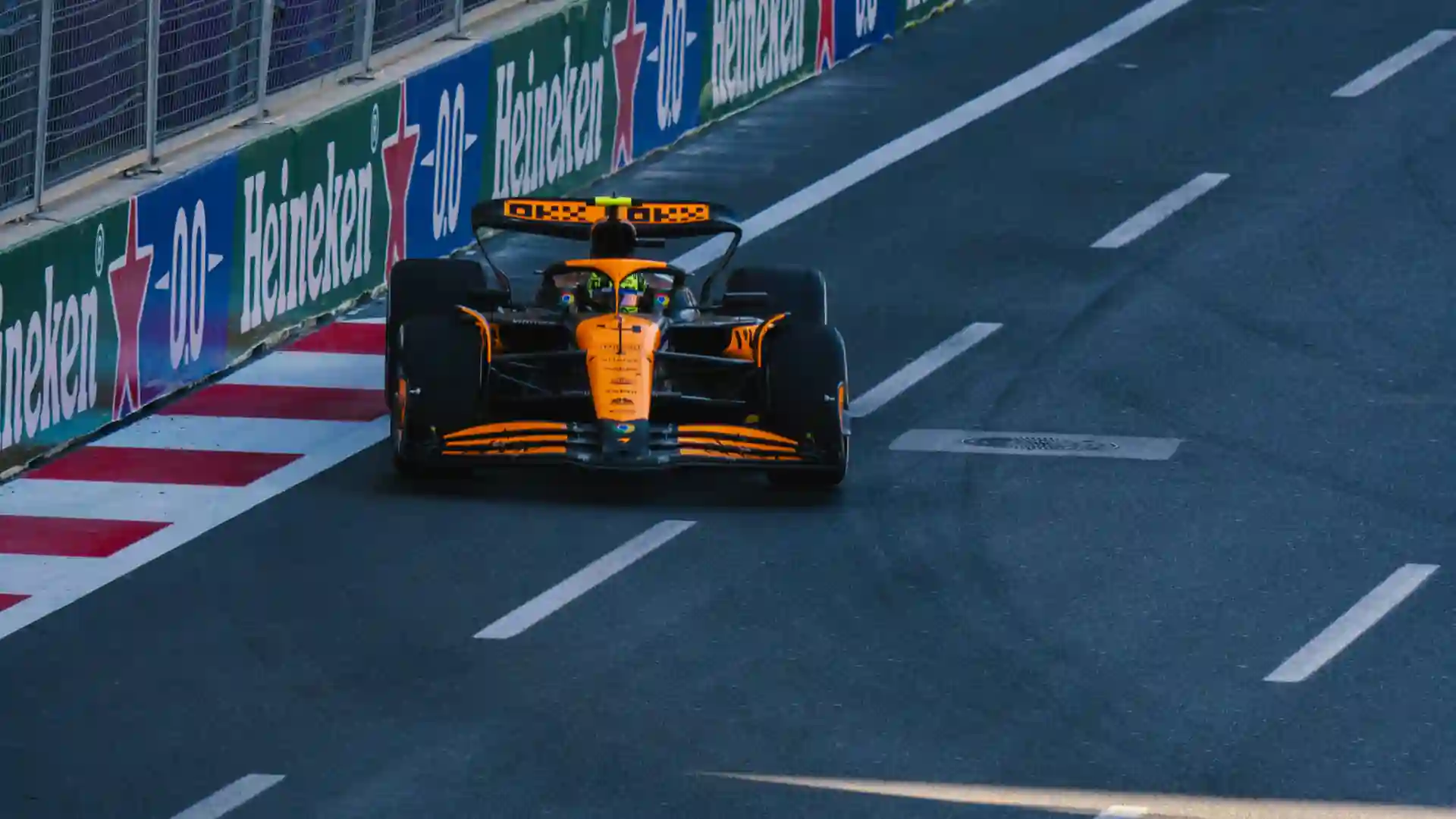
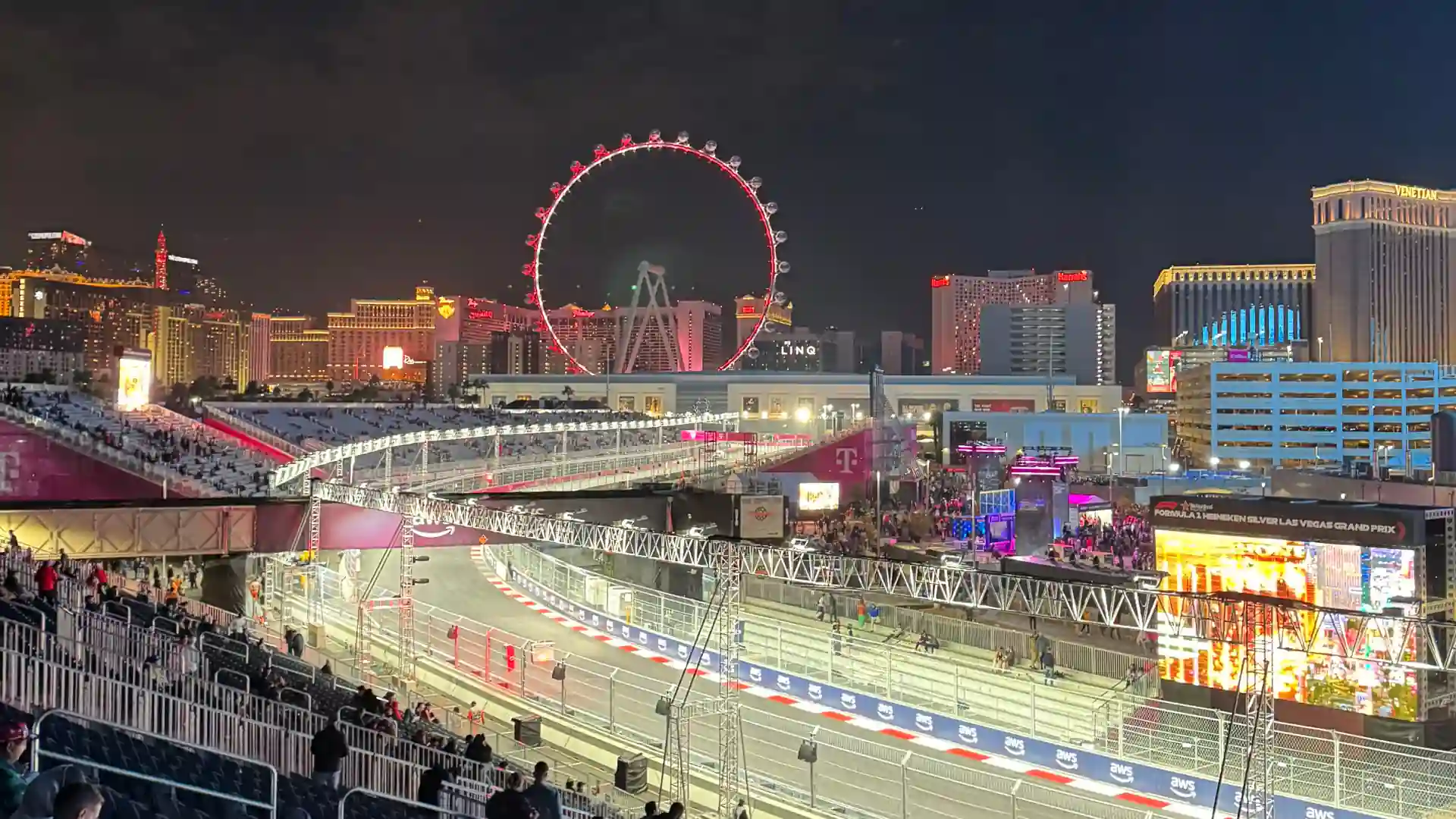

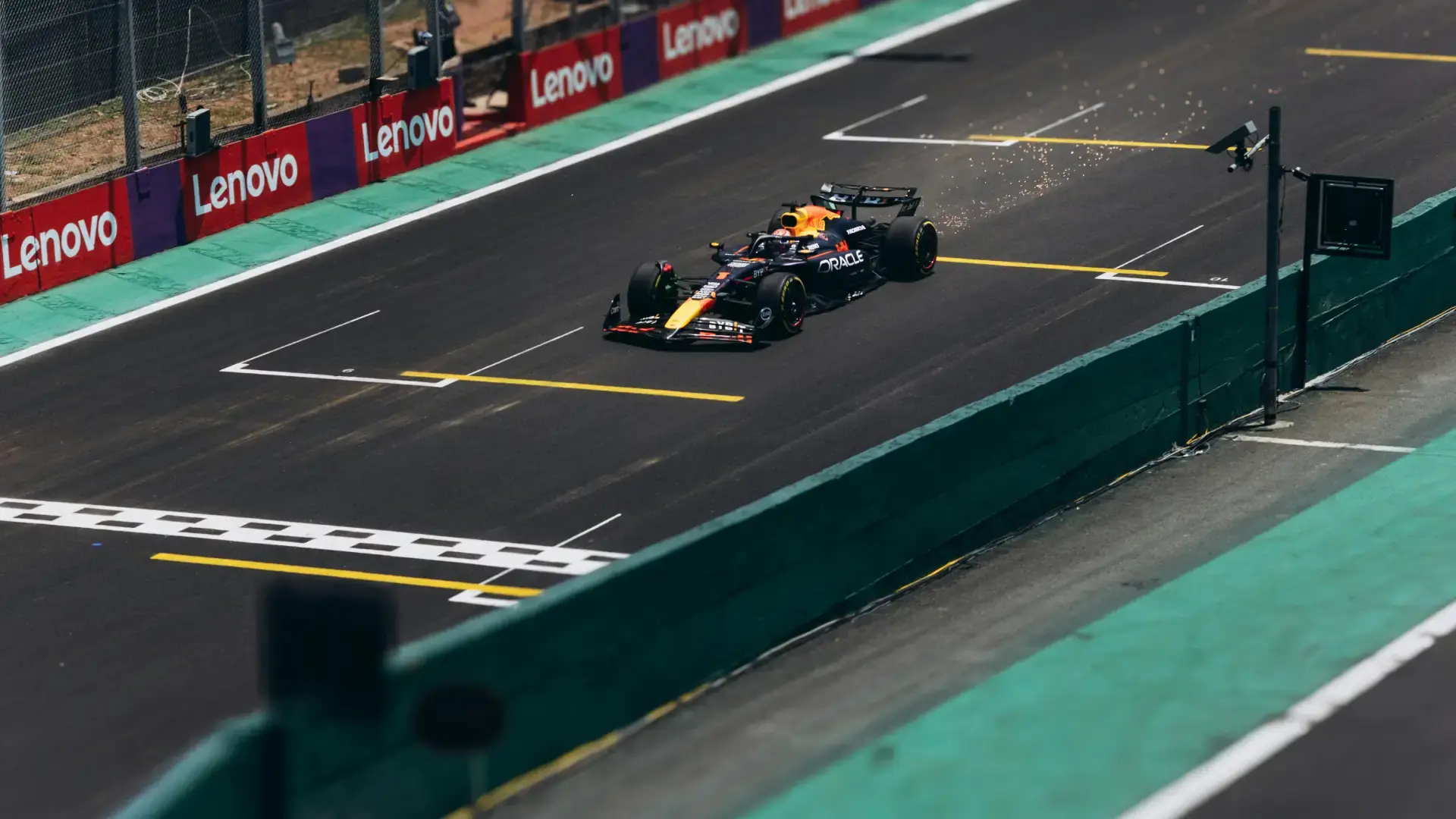

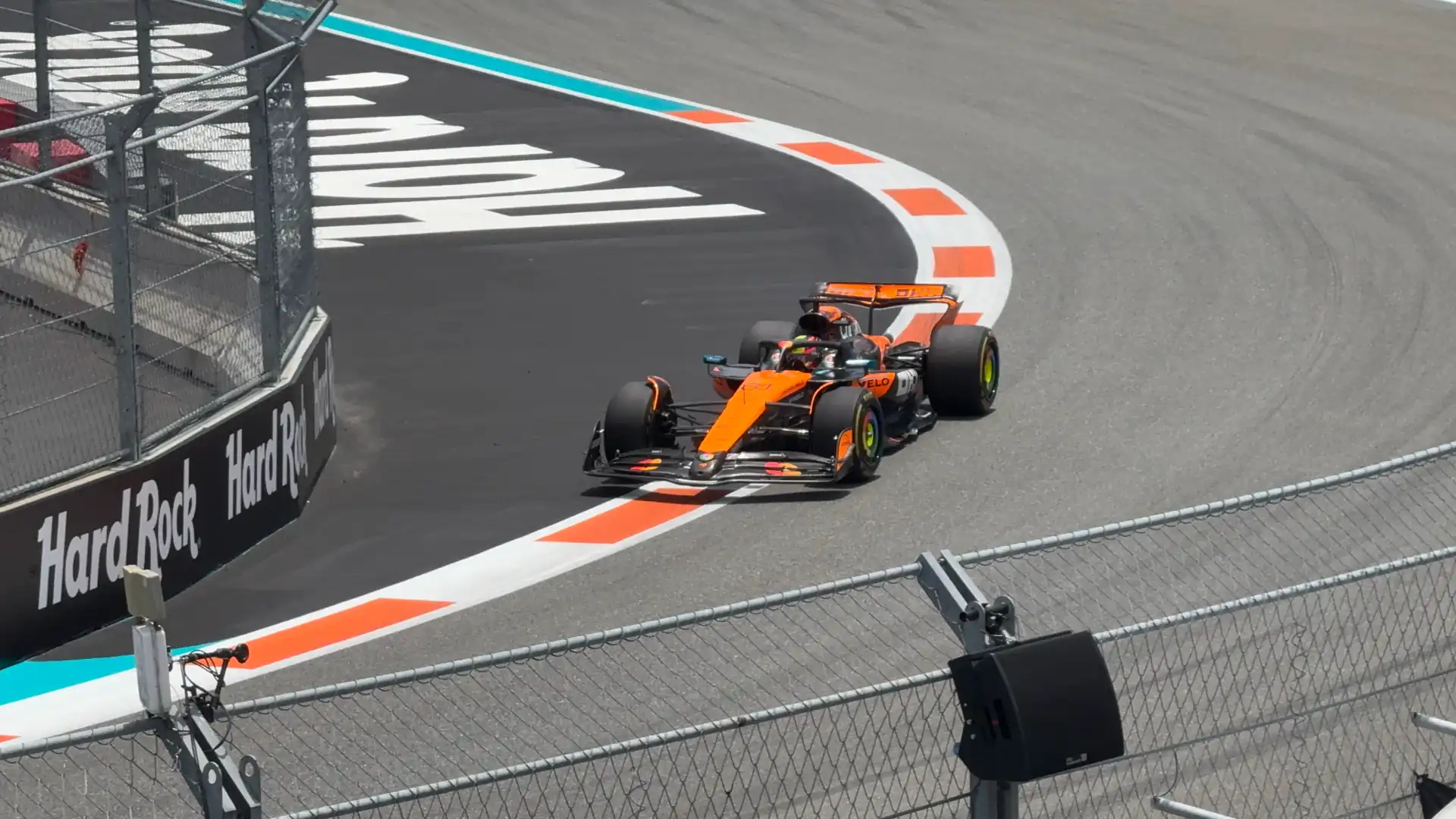

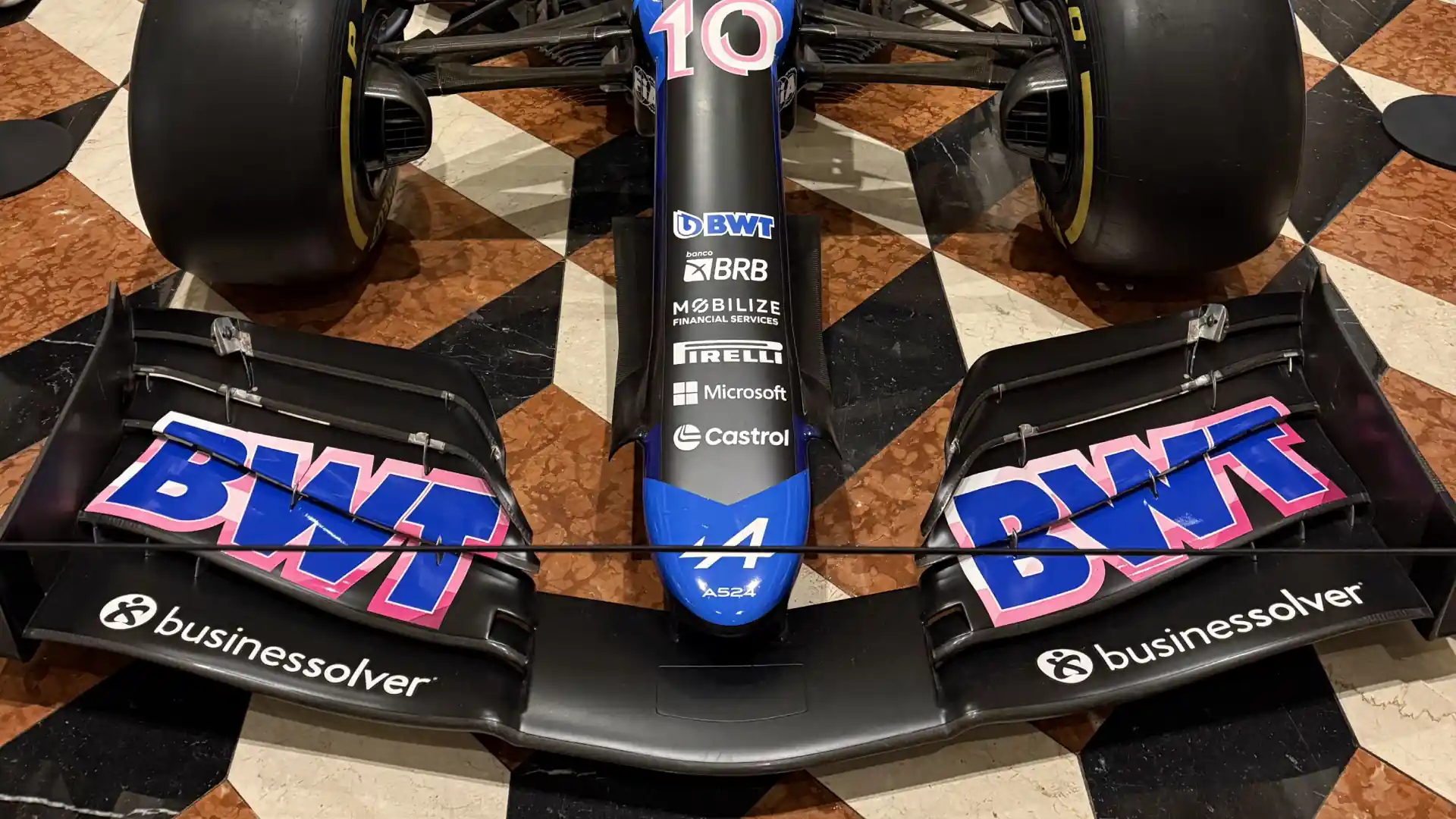

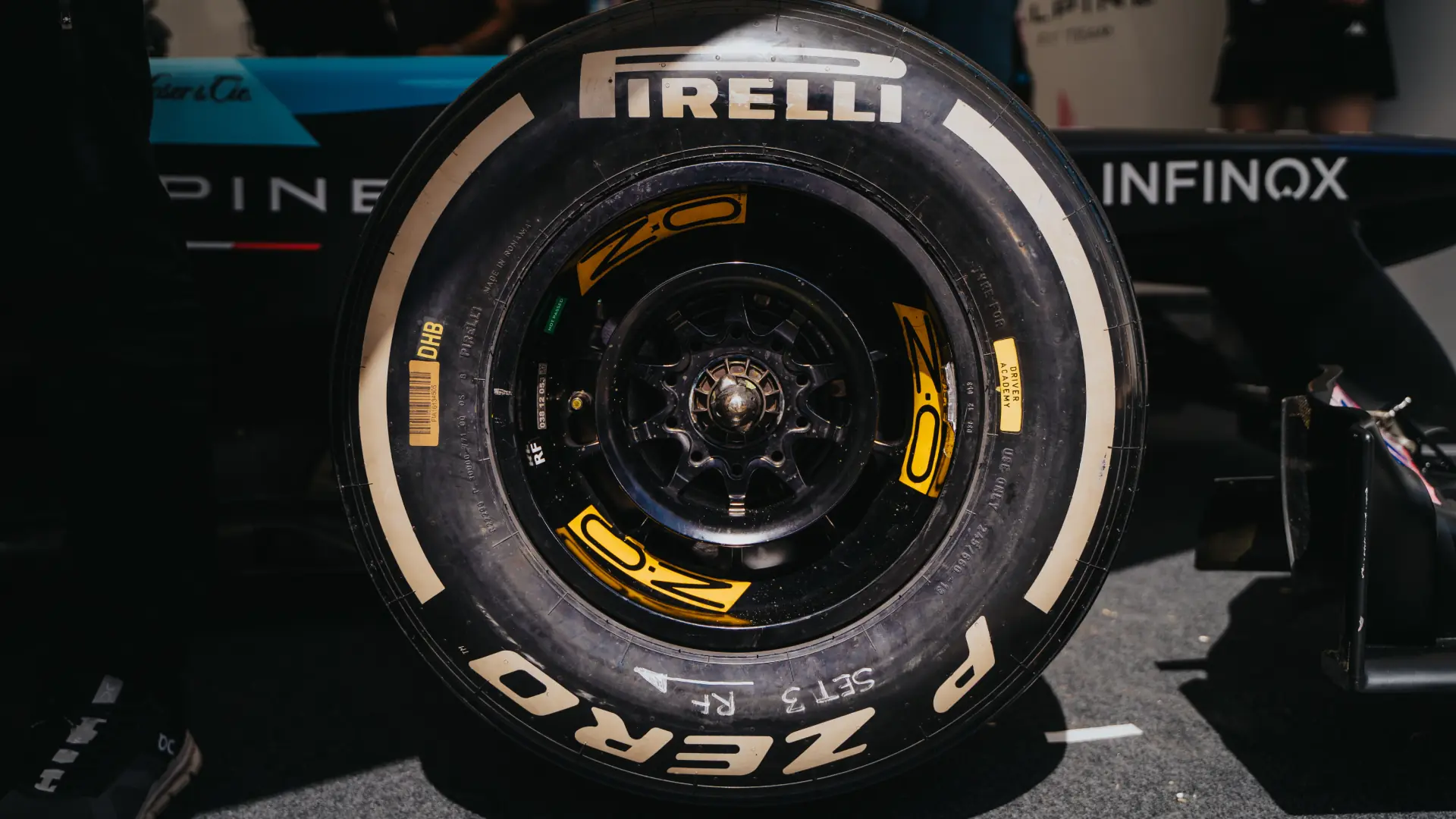
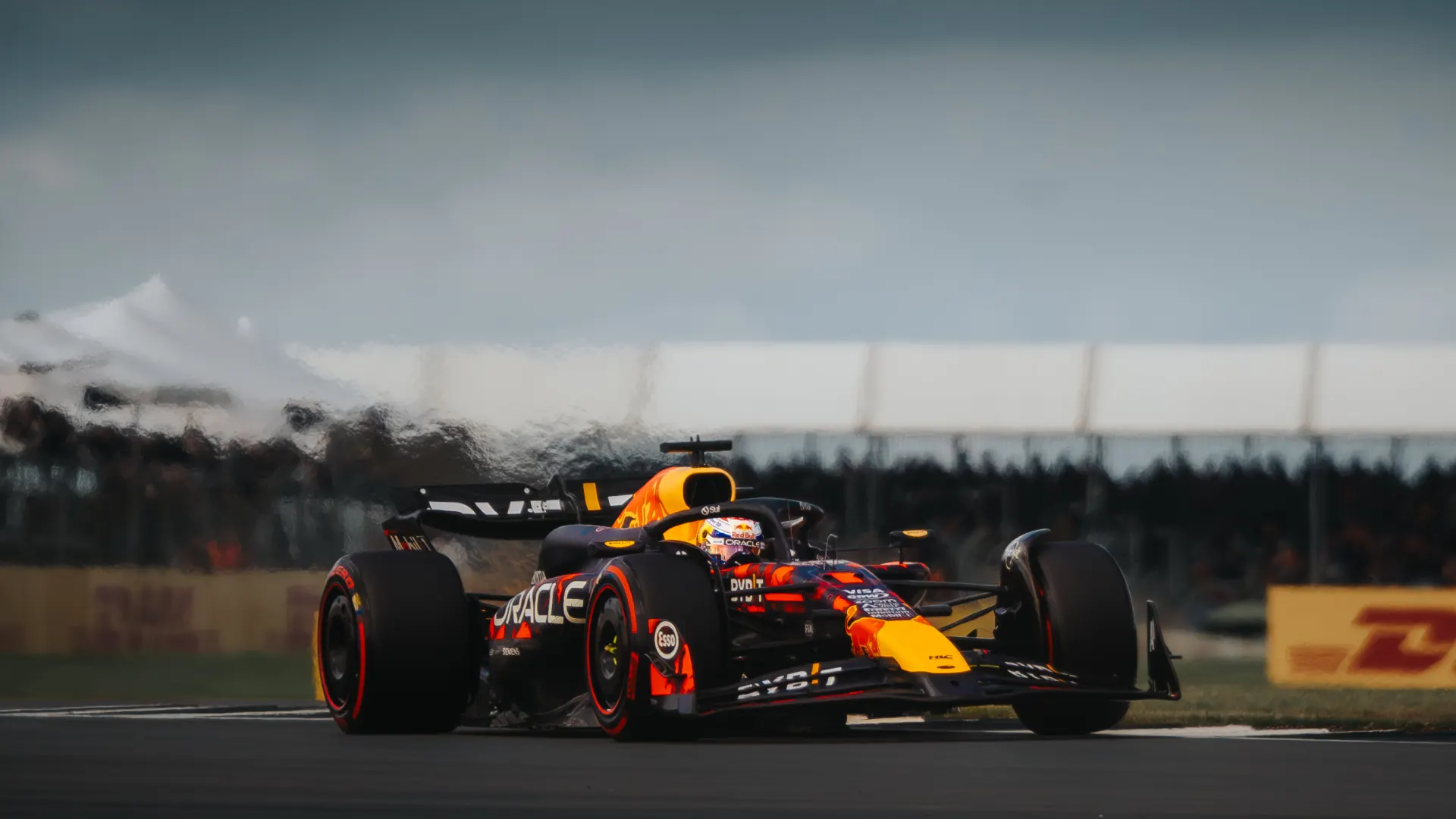
.webp)

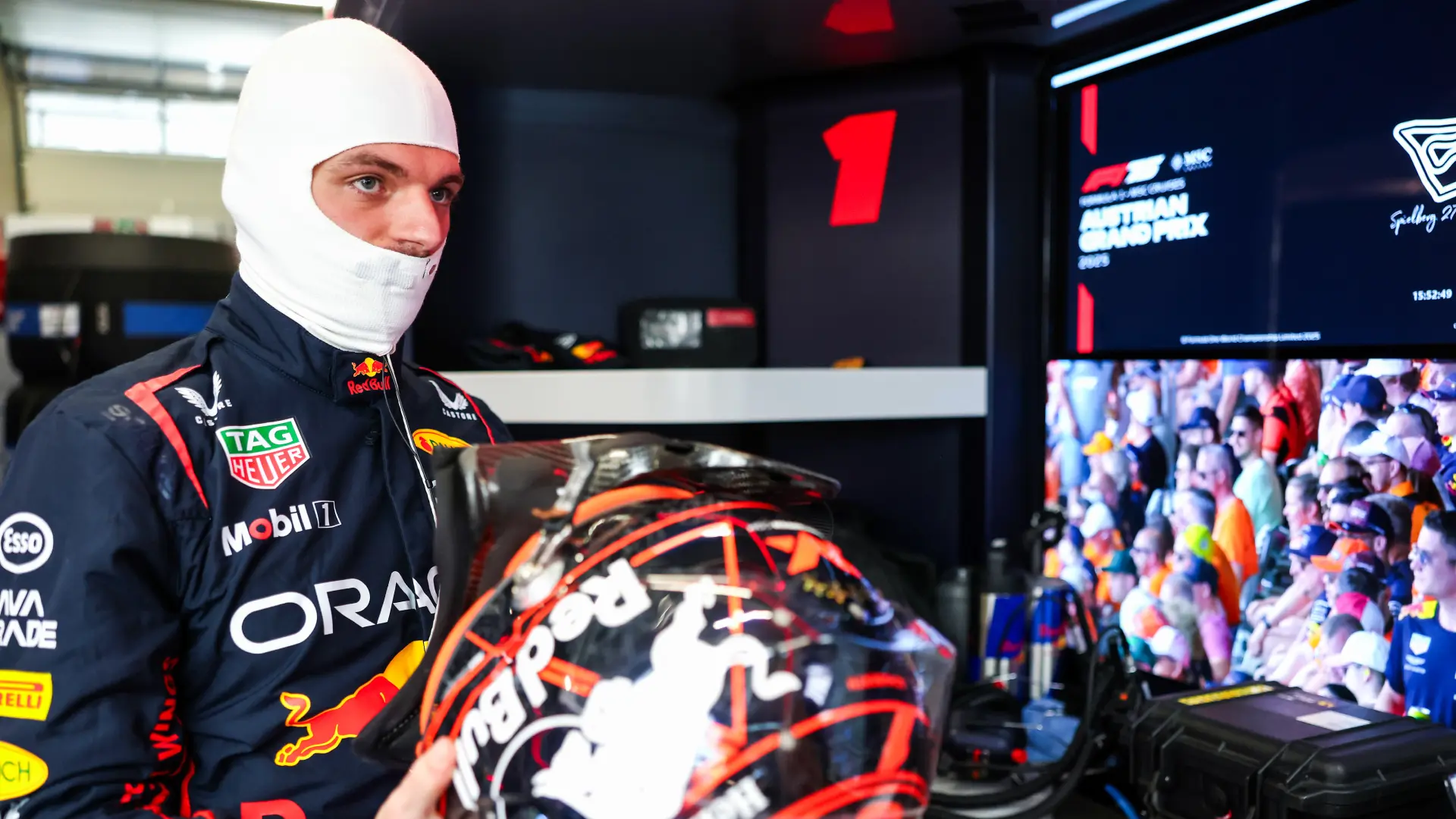
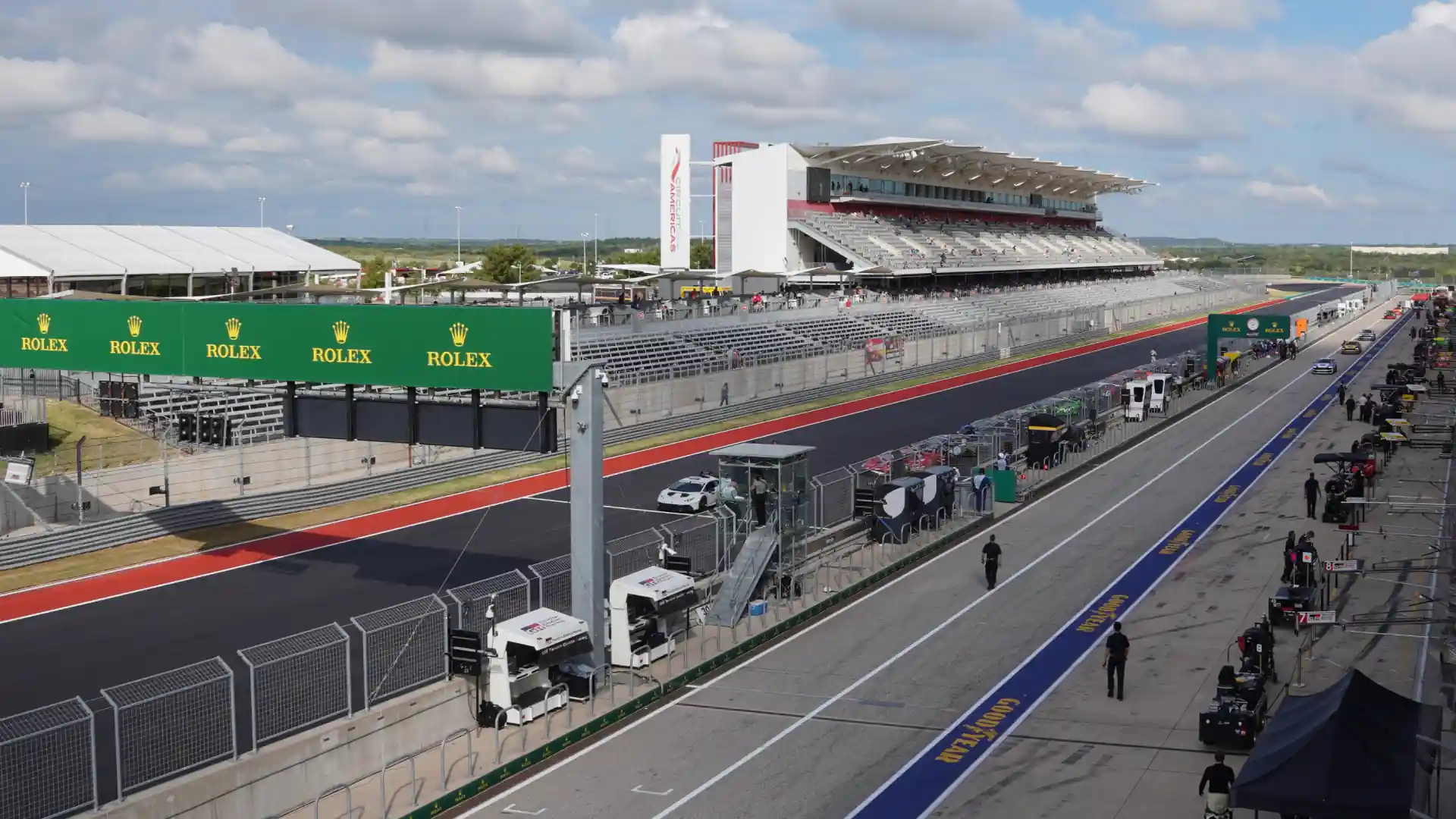
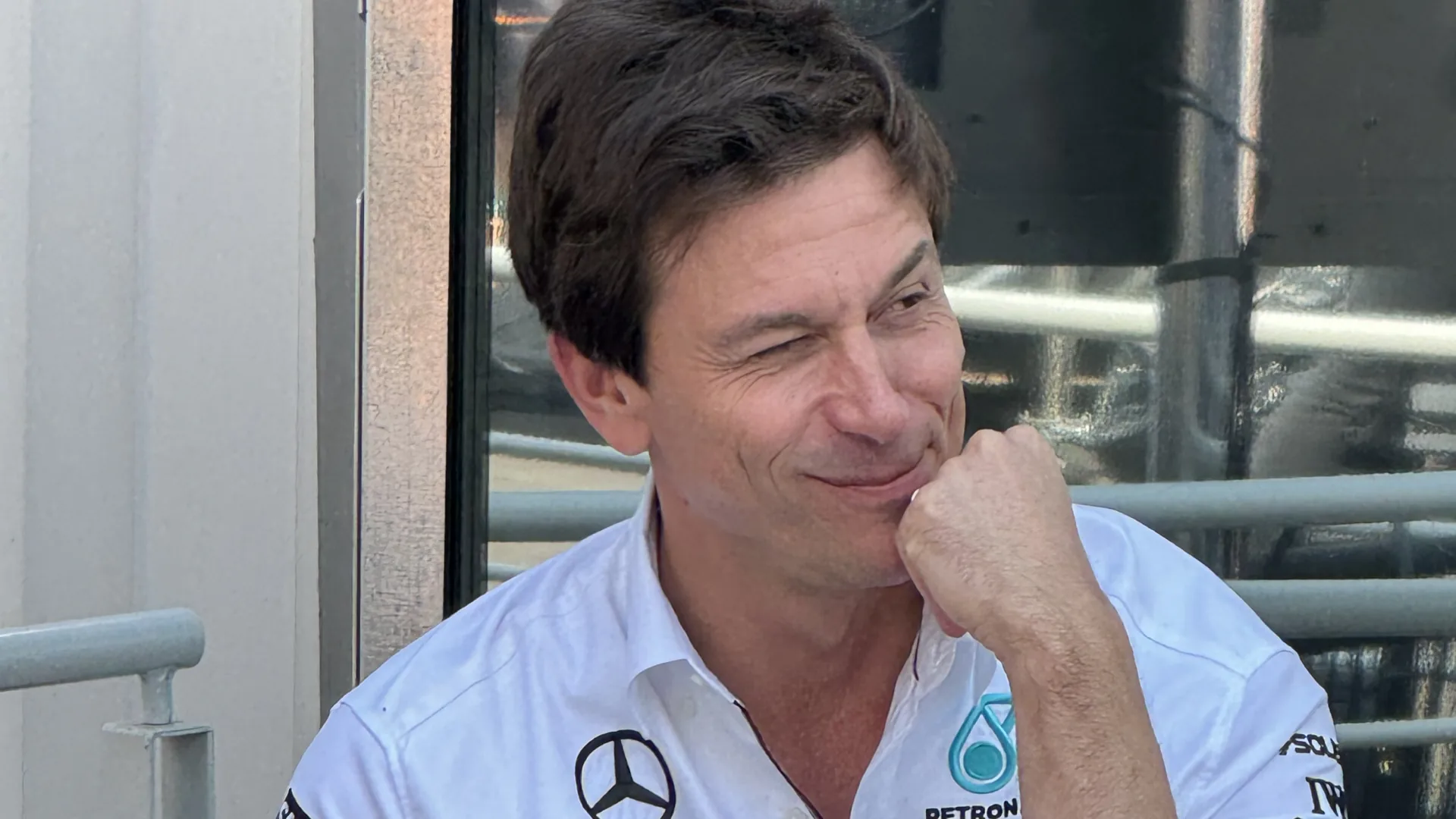


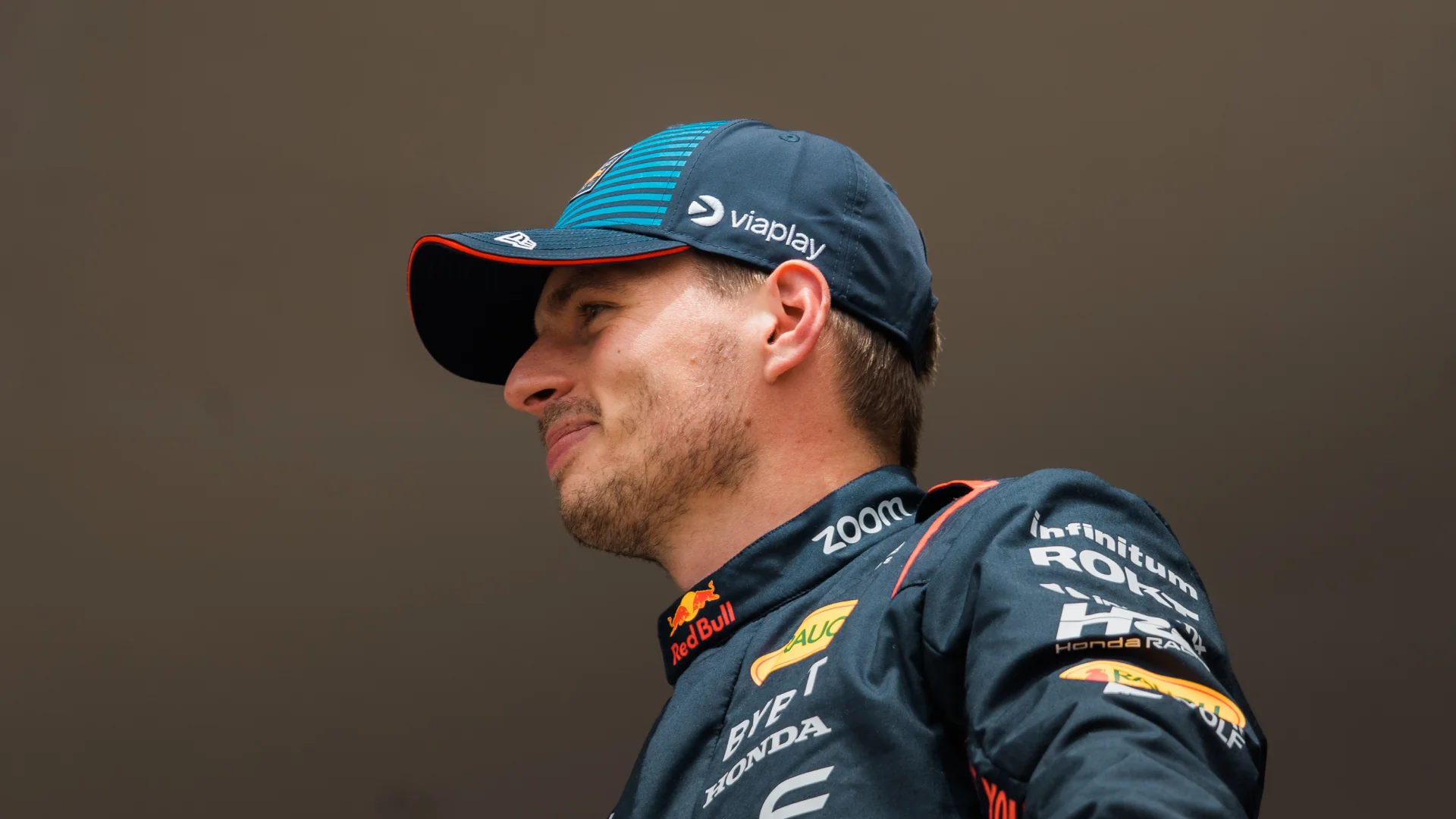
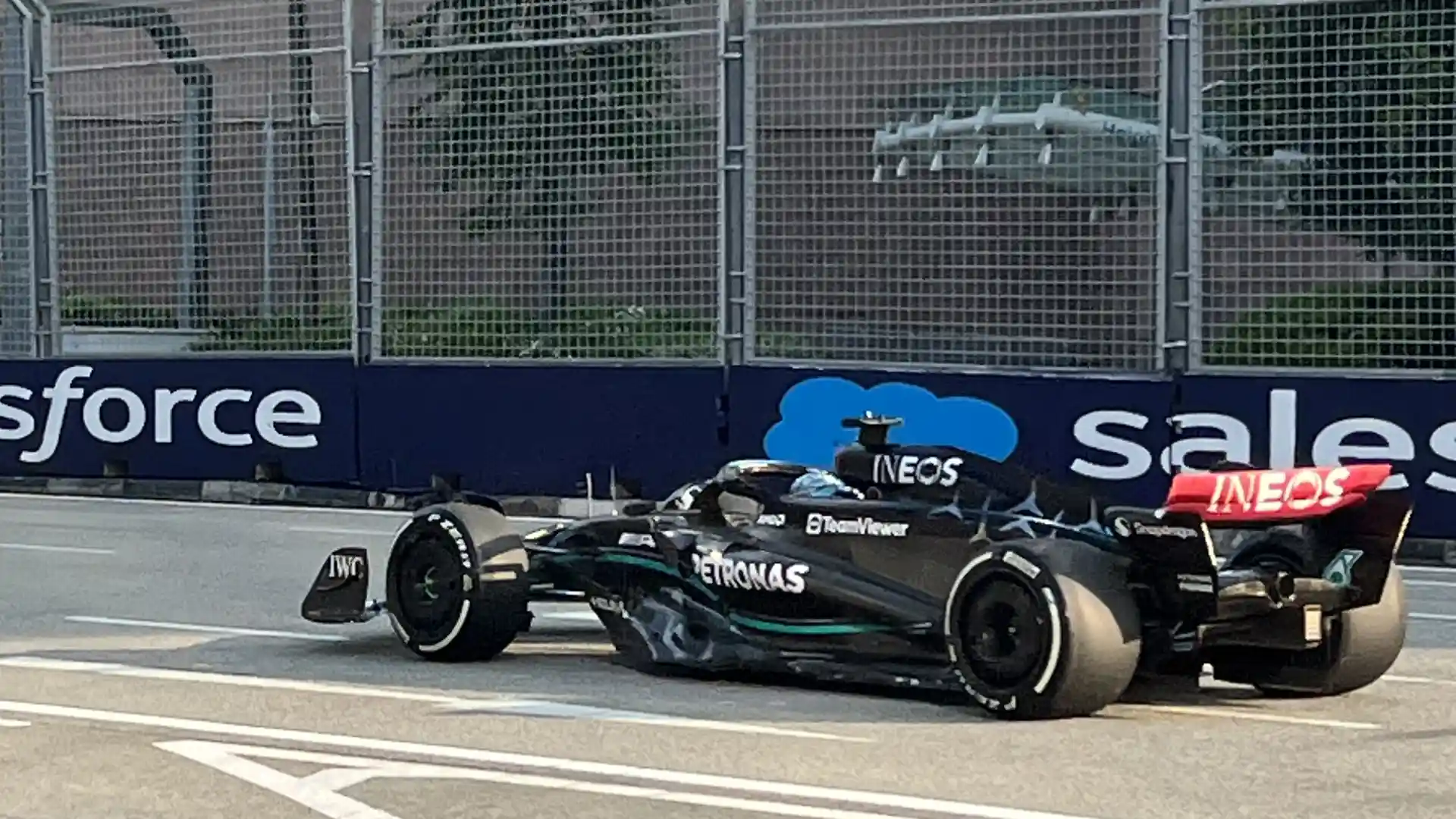
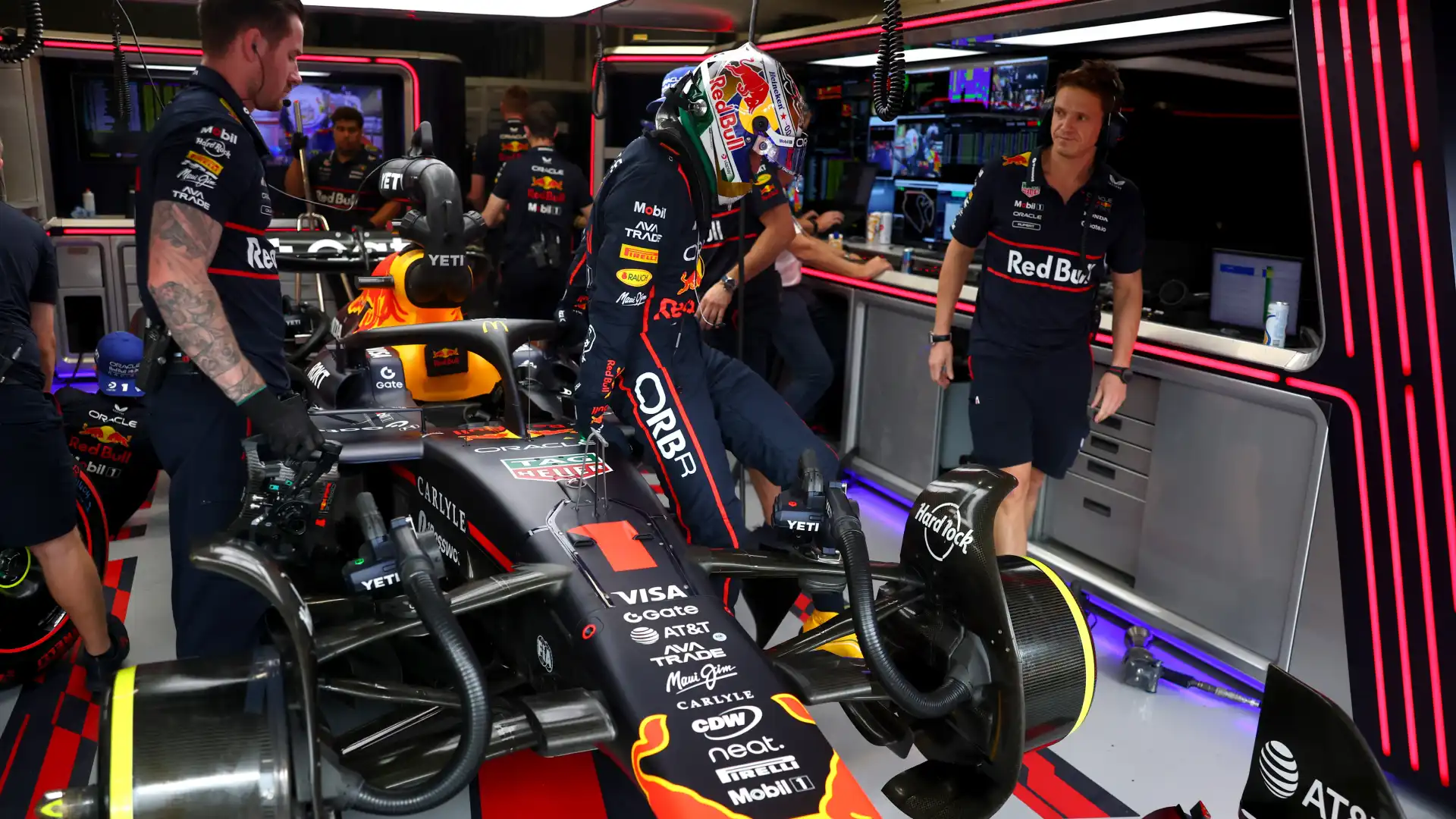
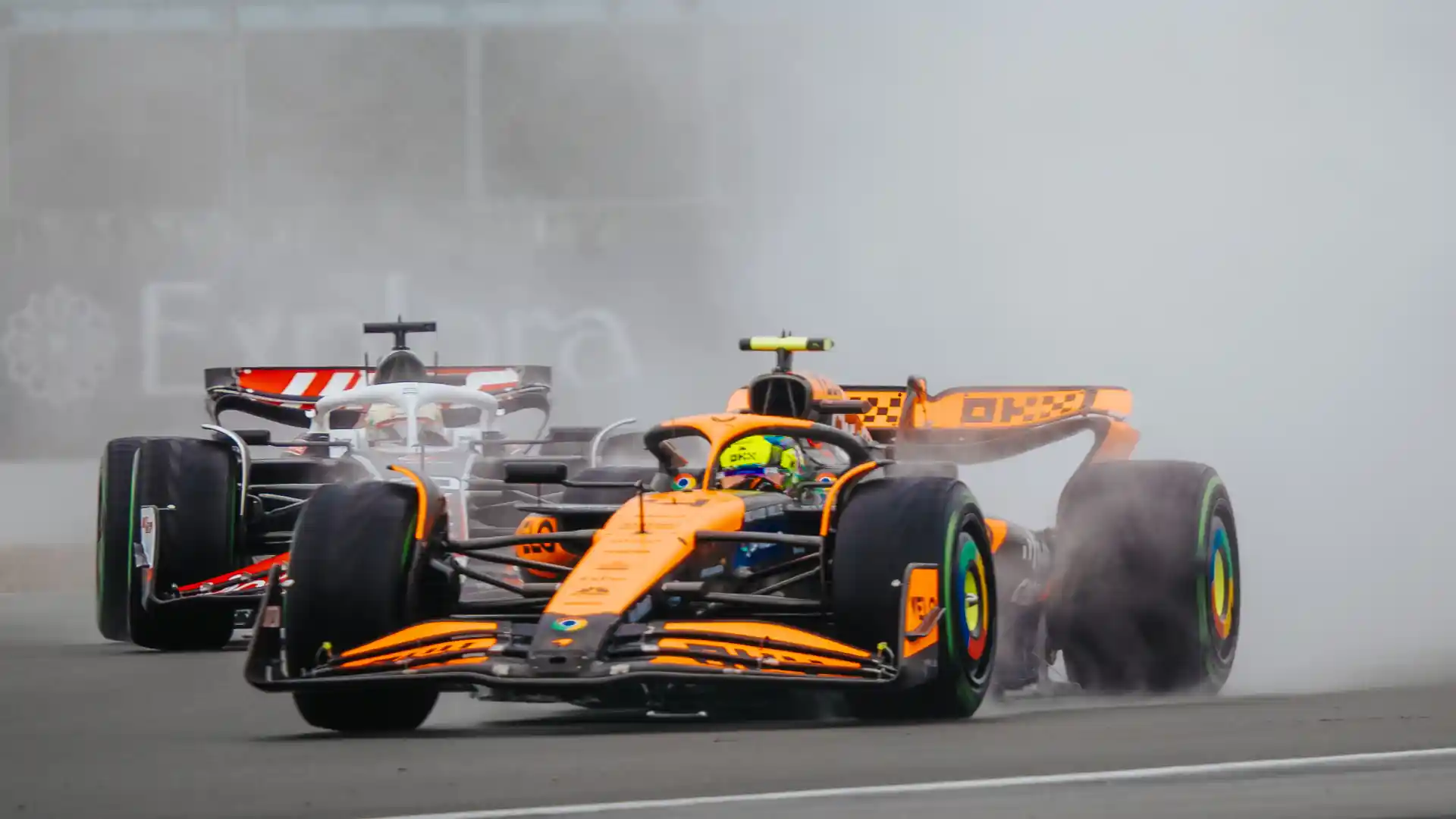
.webp)

